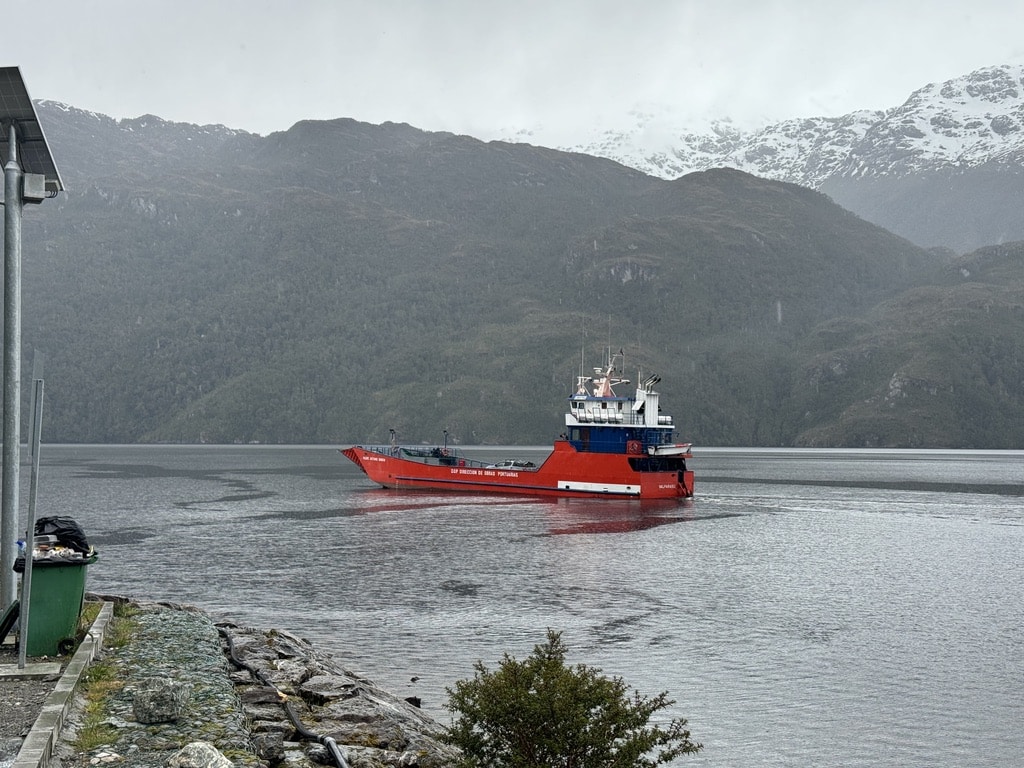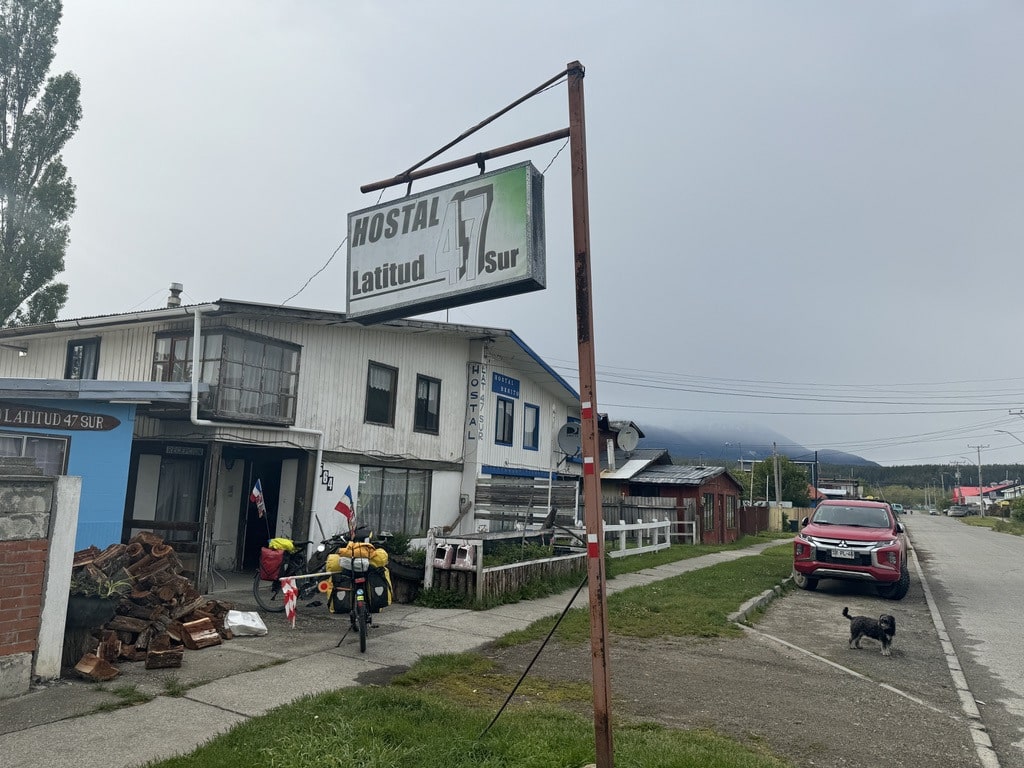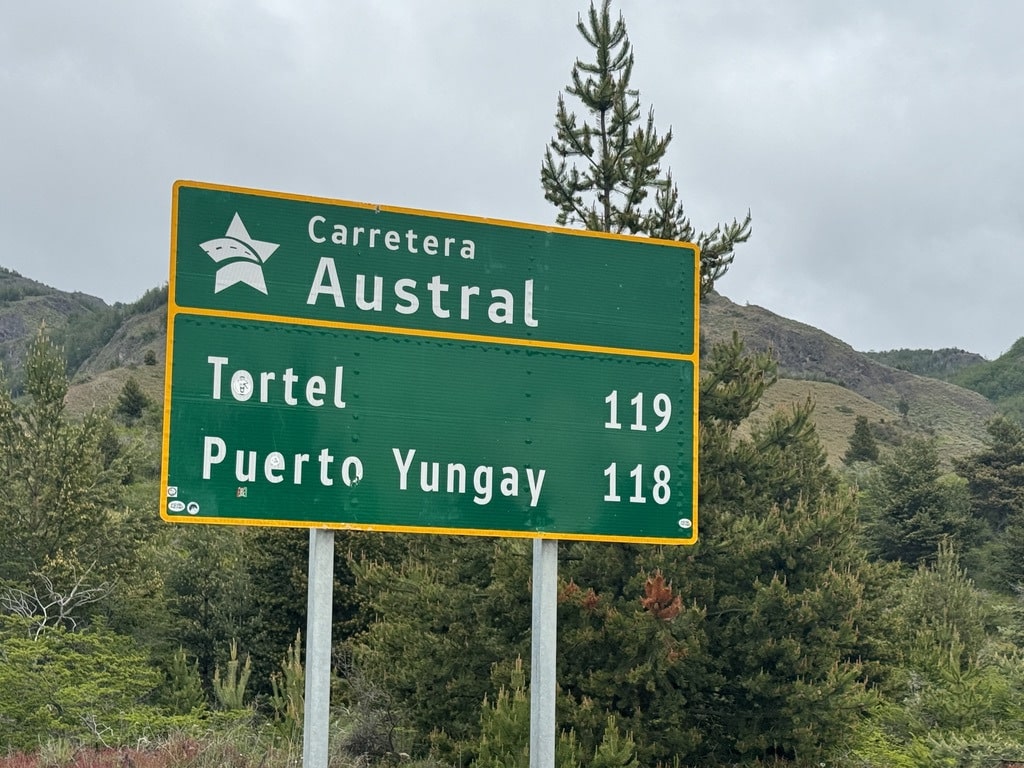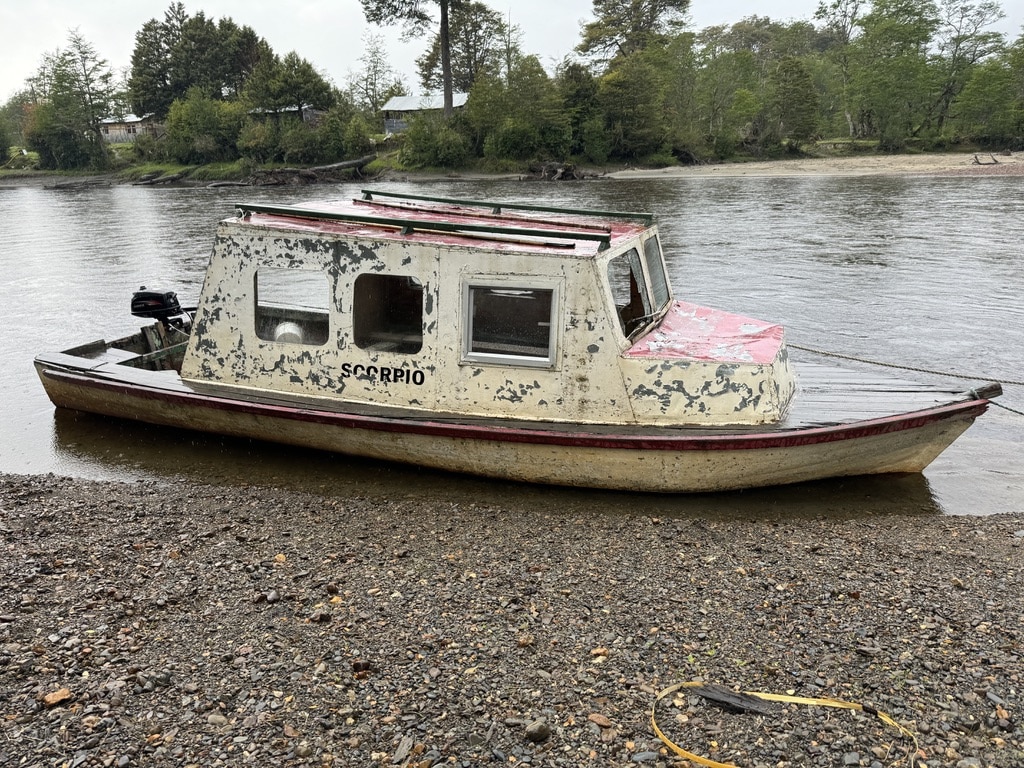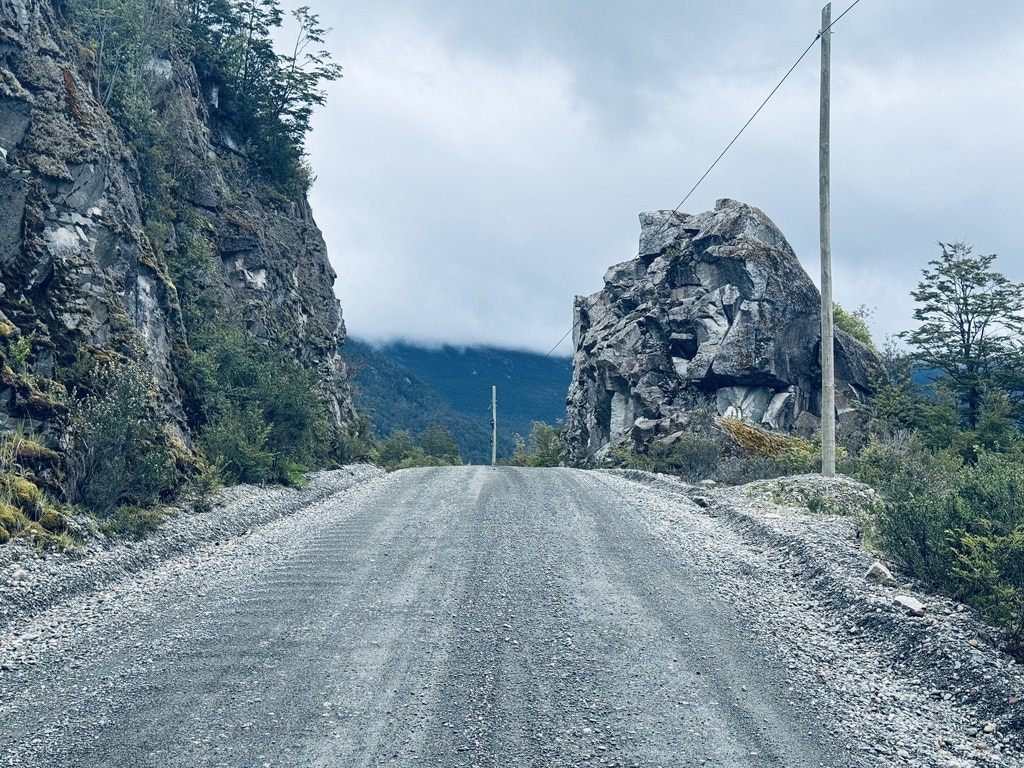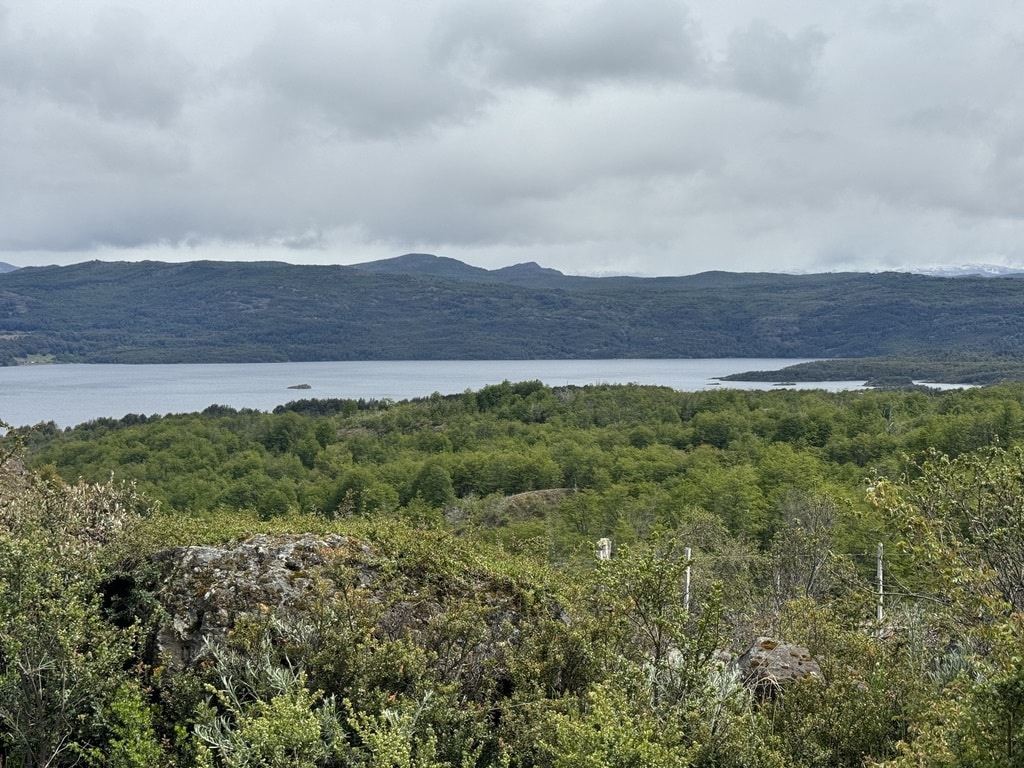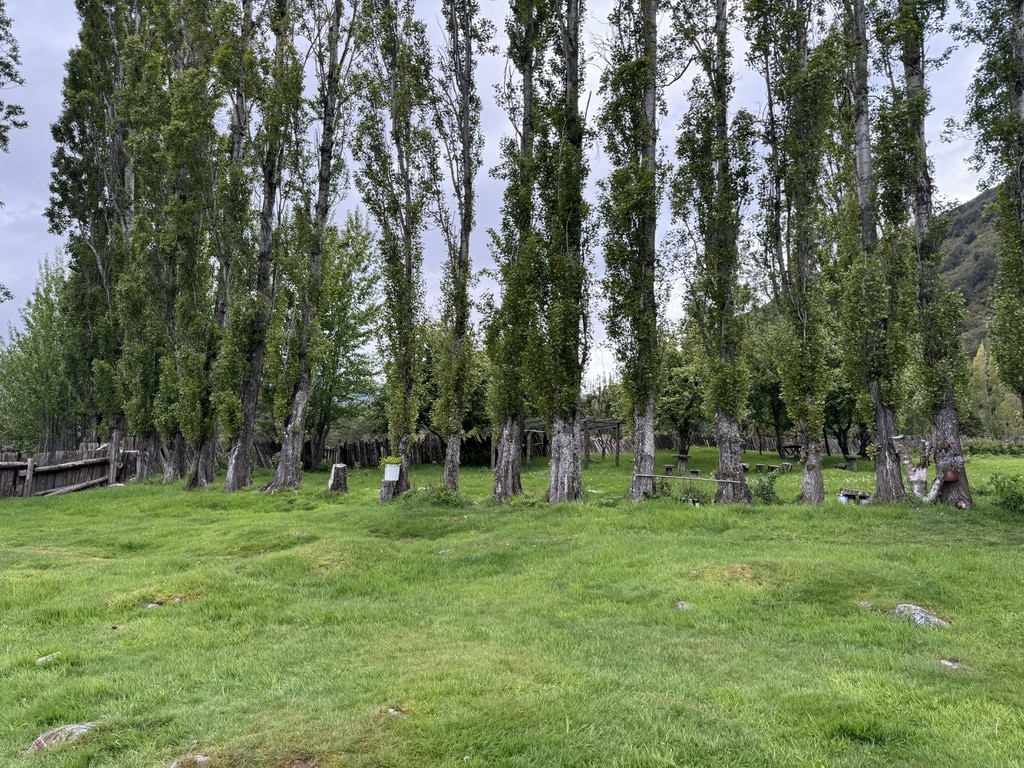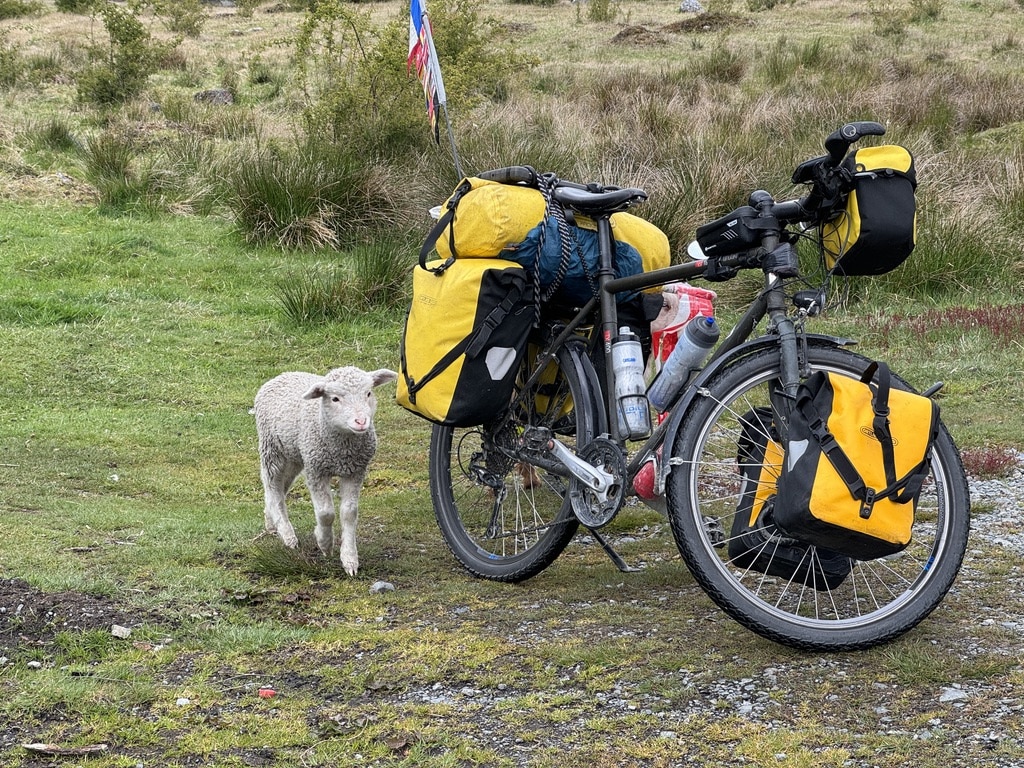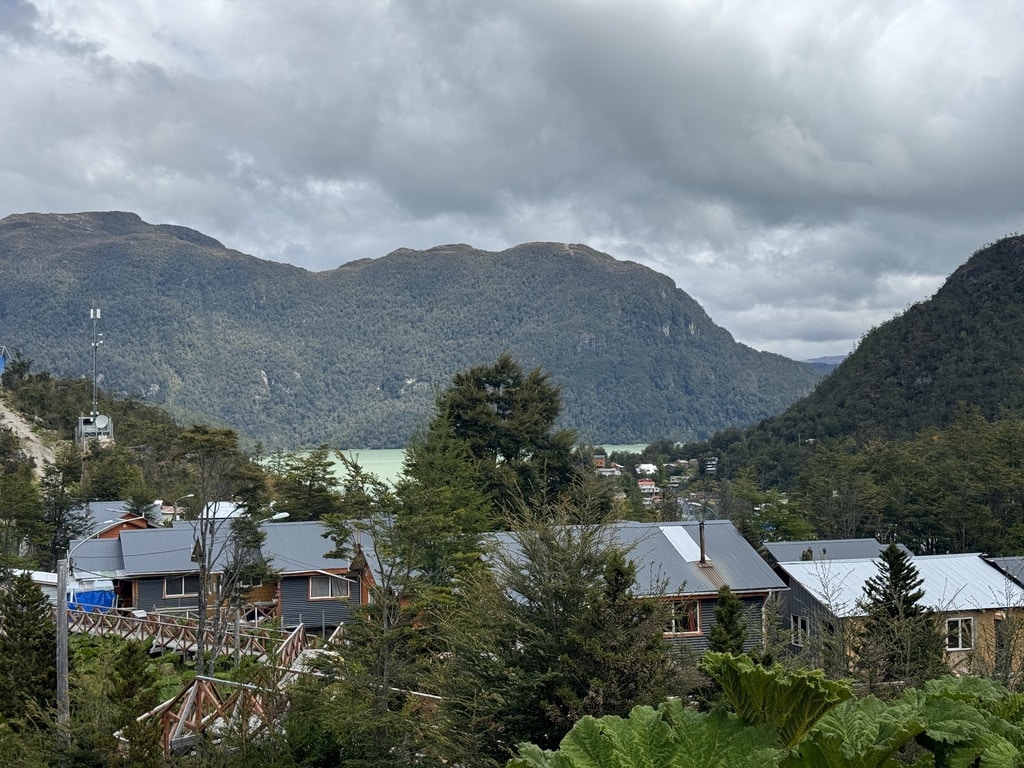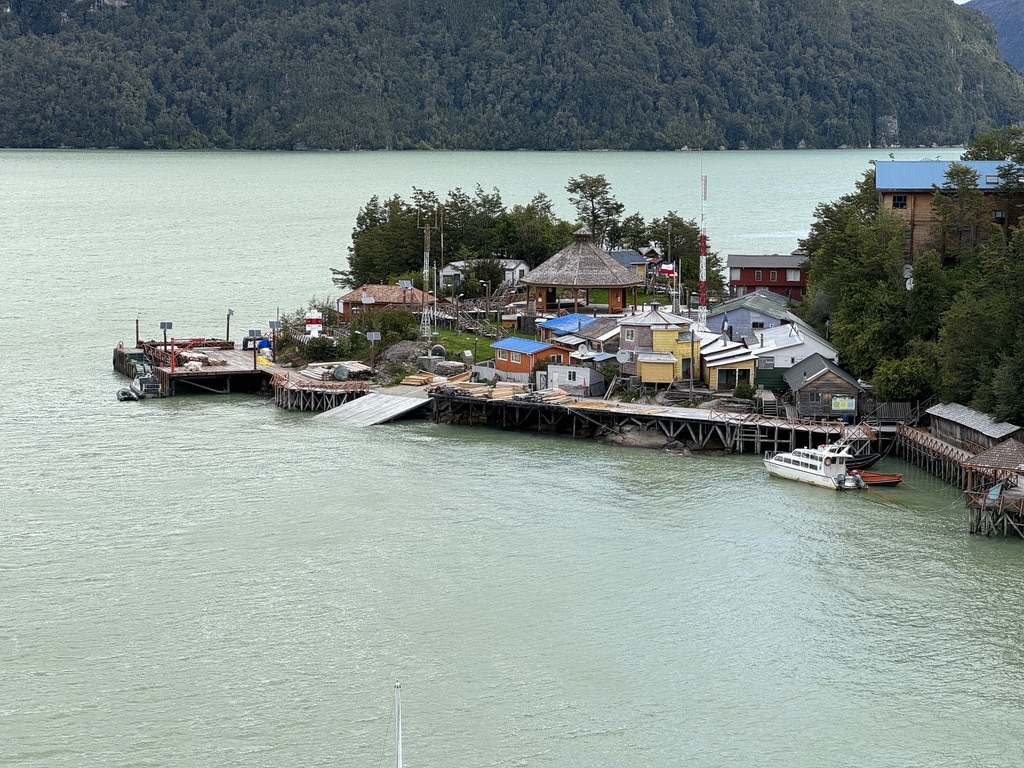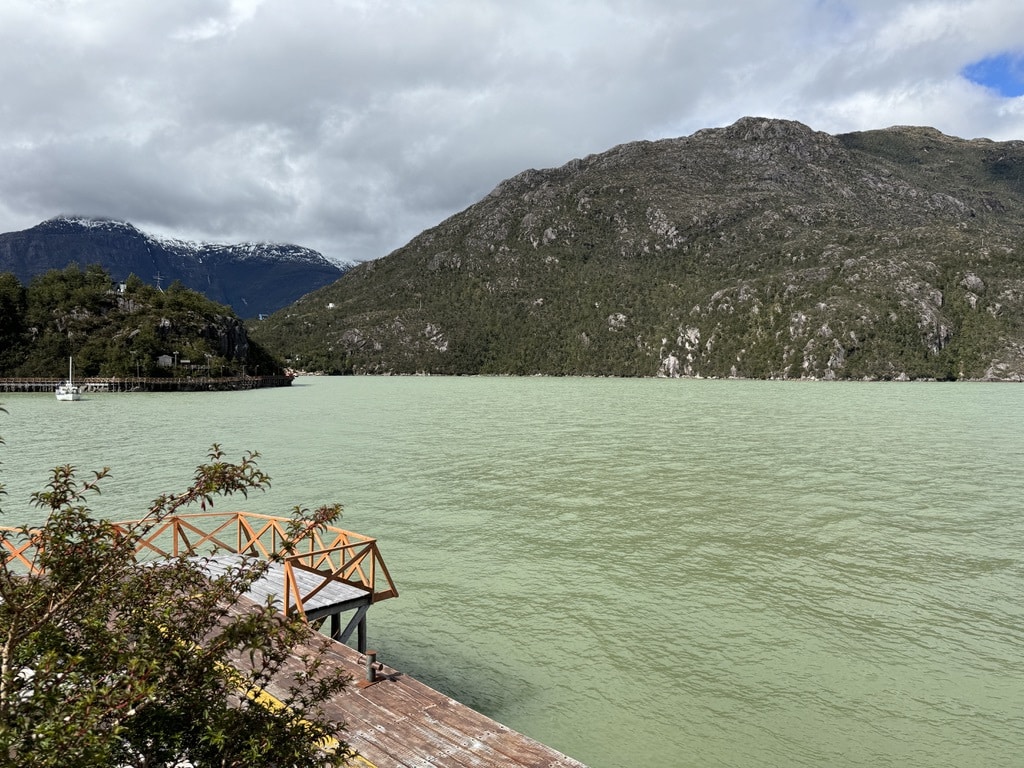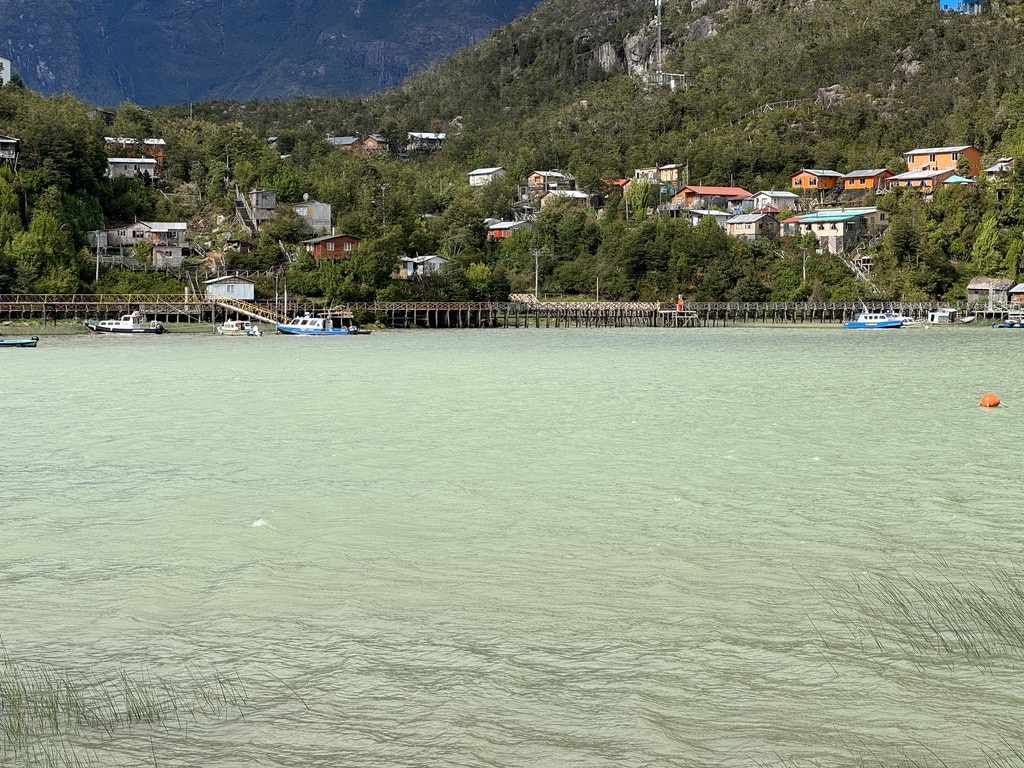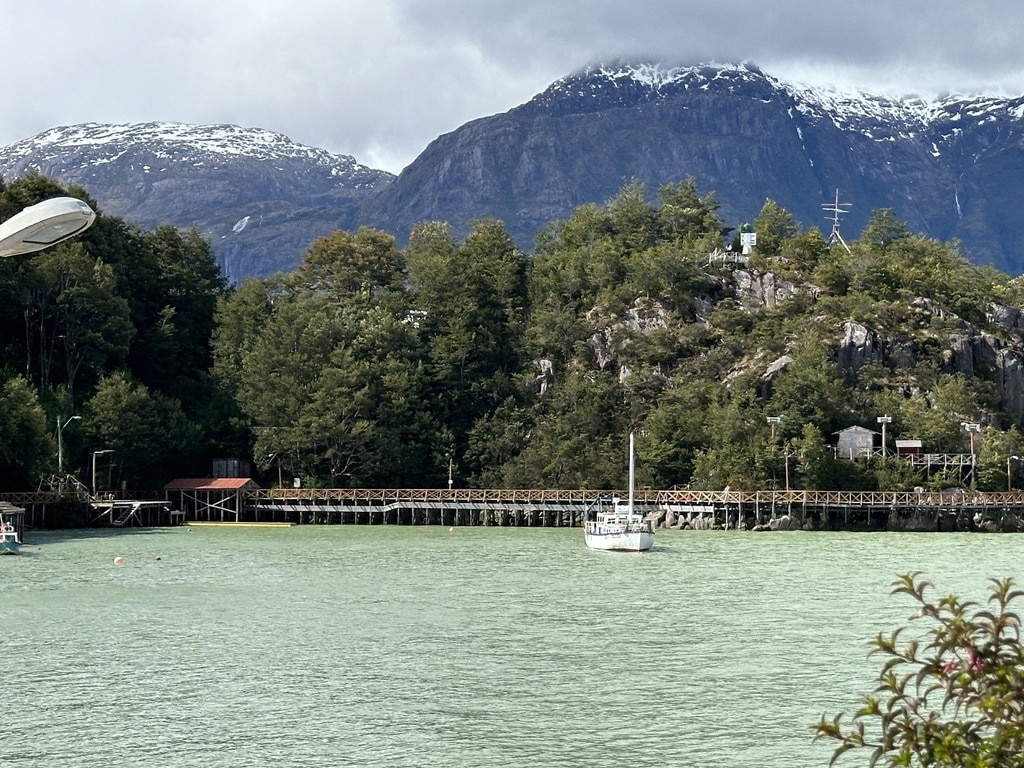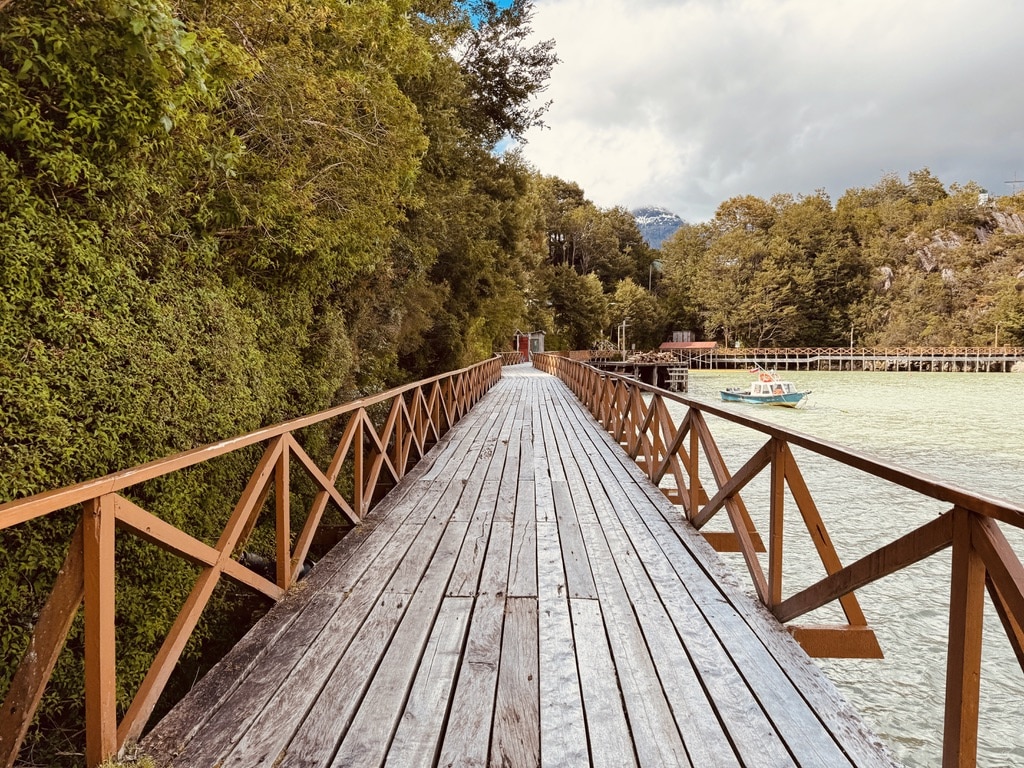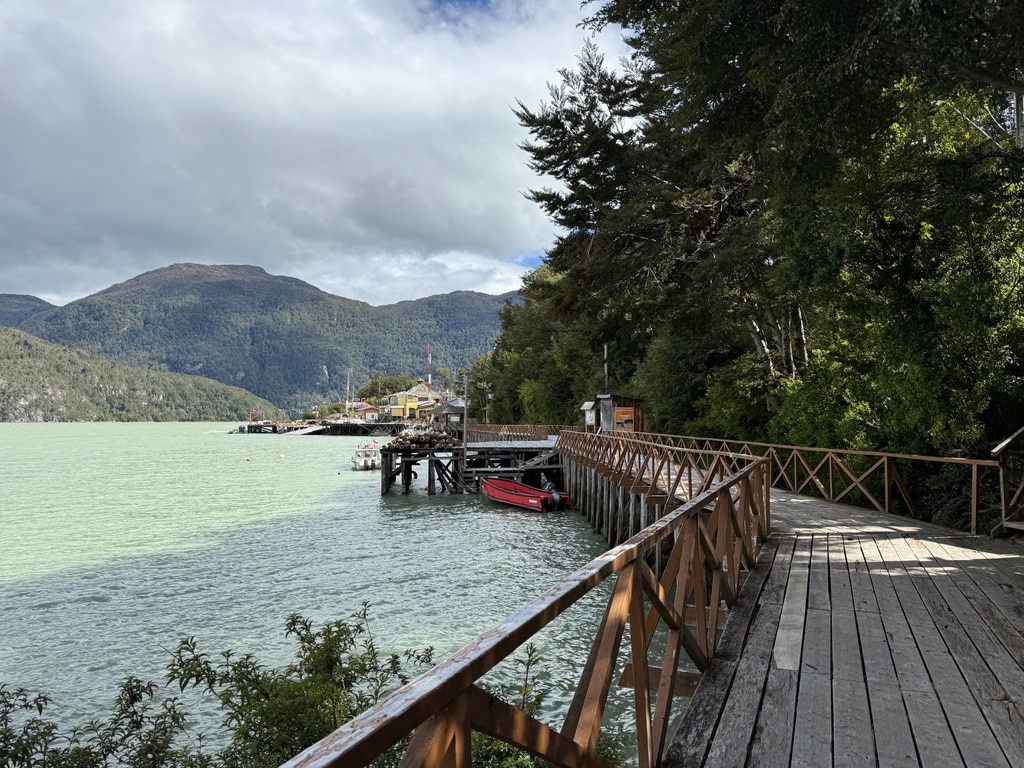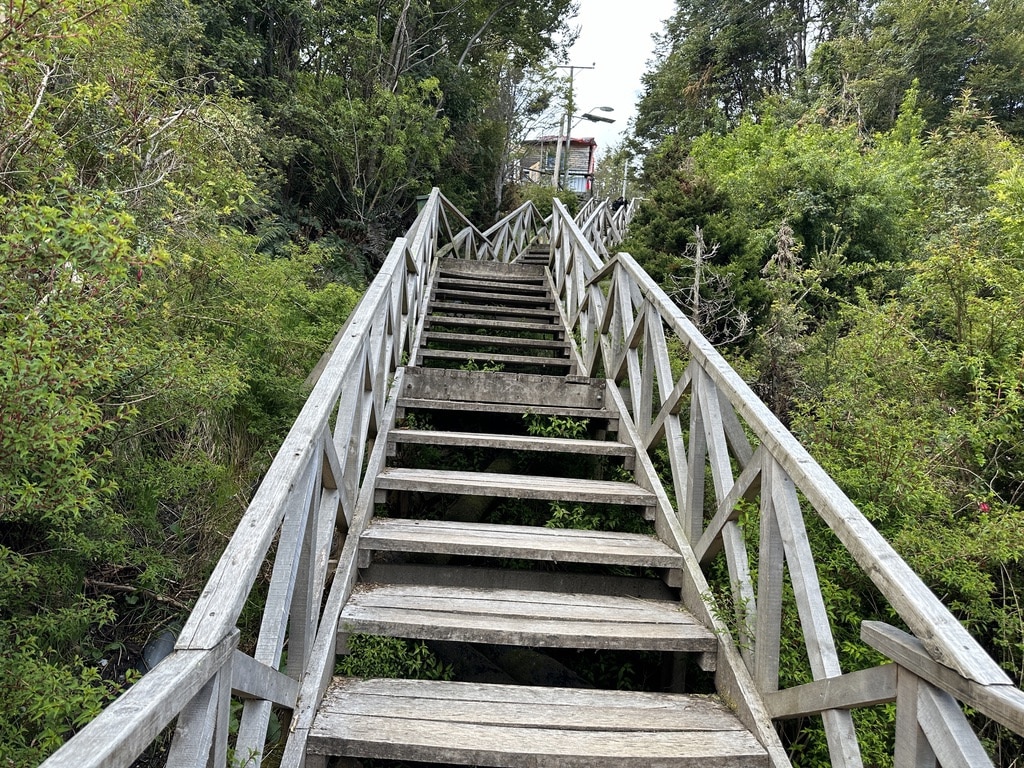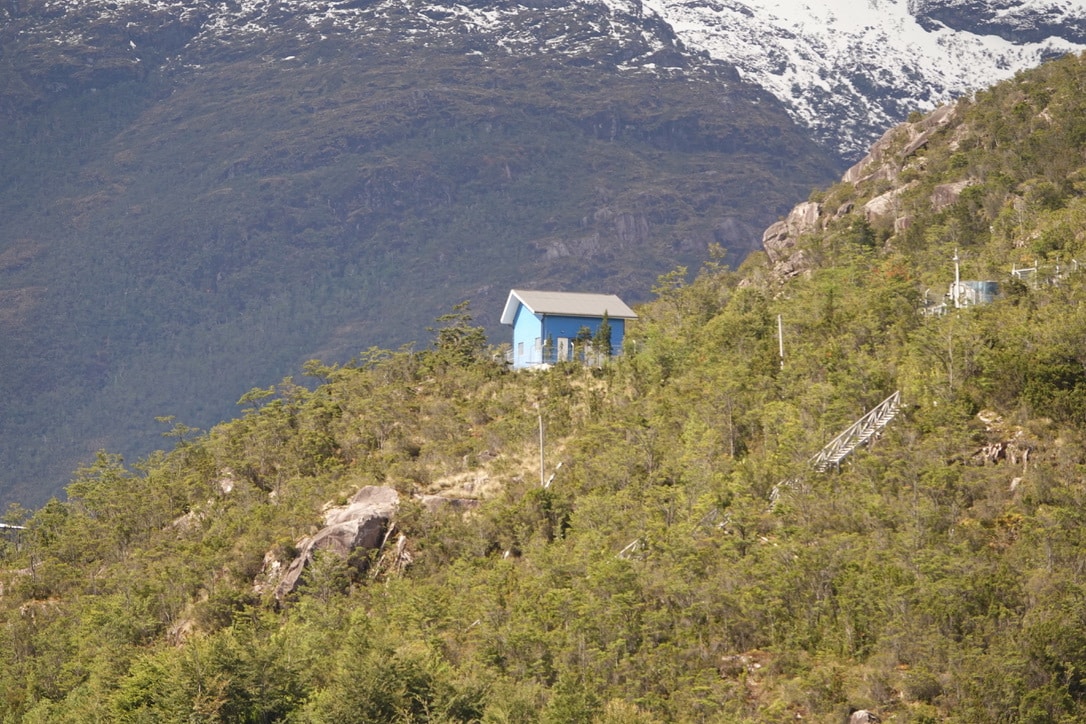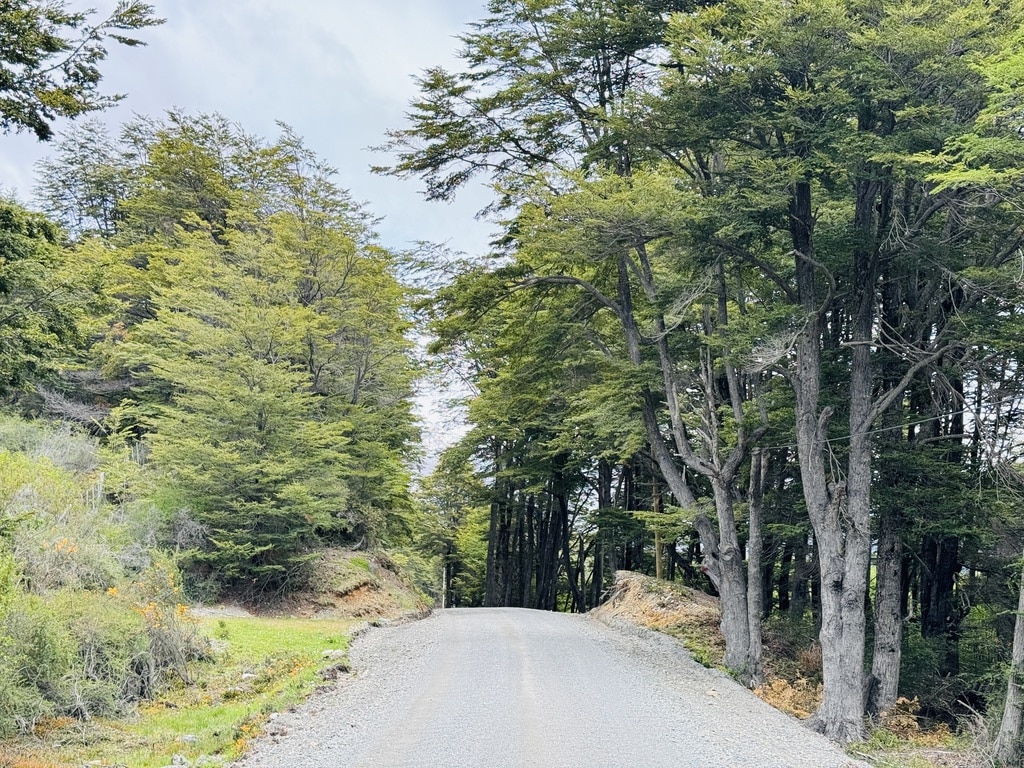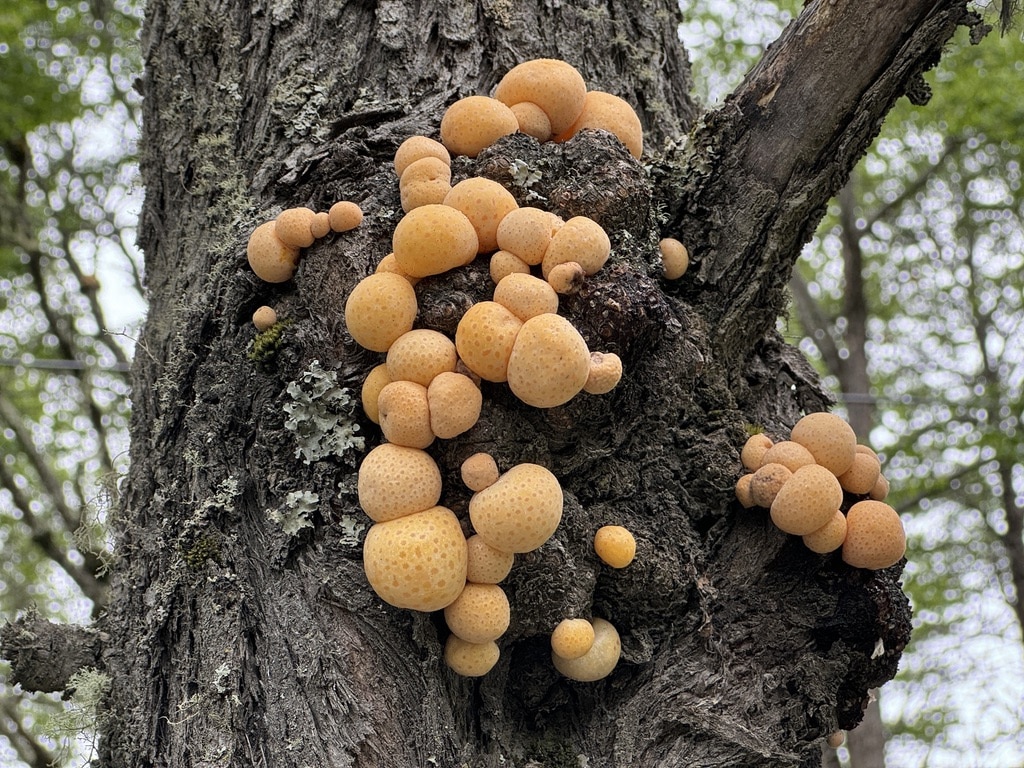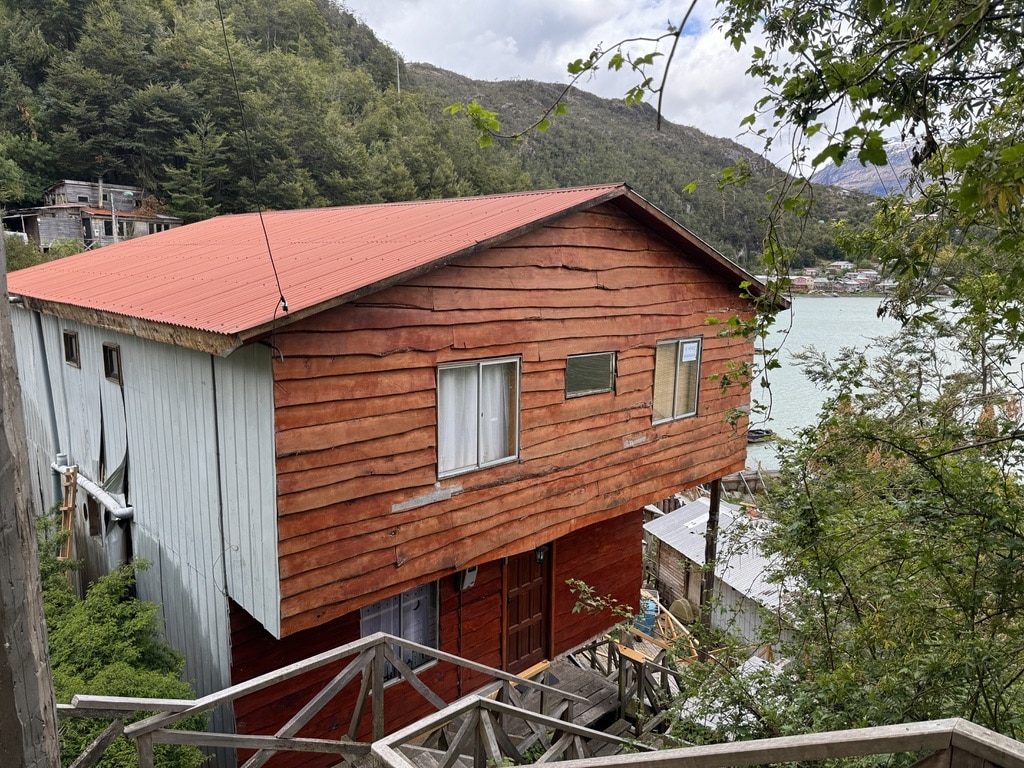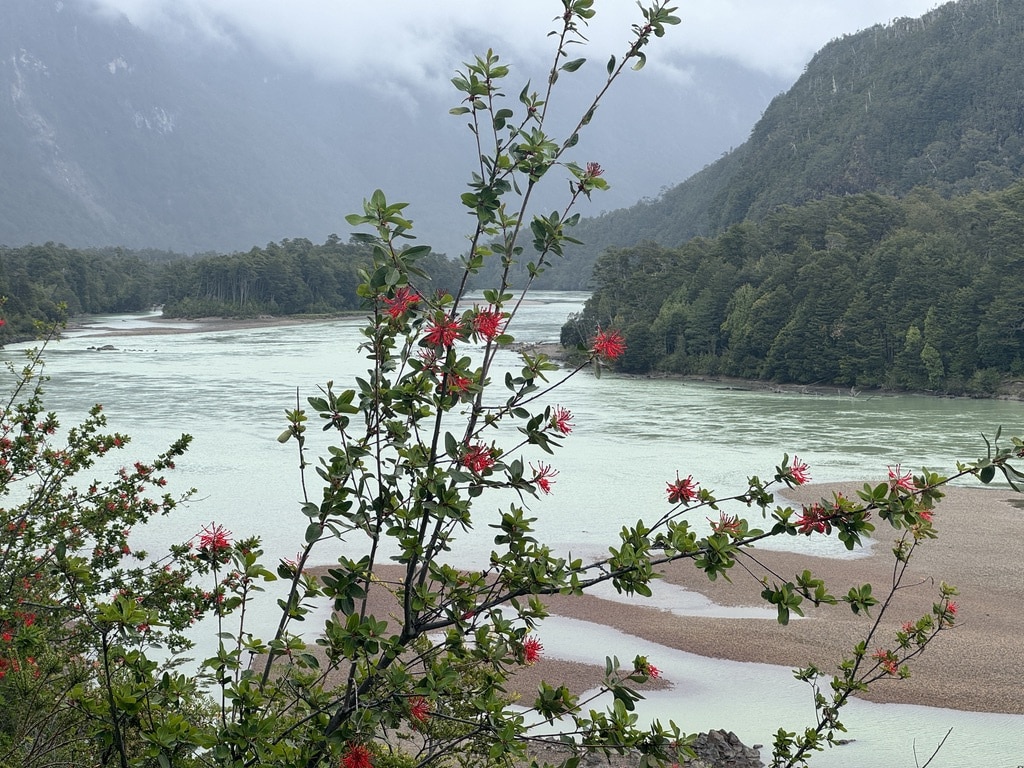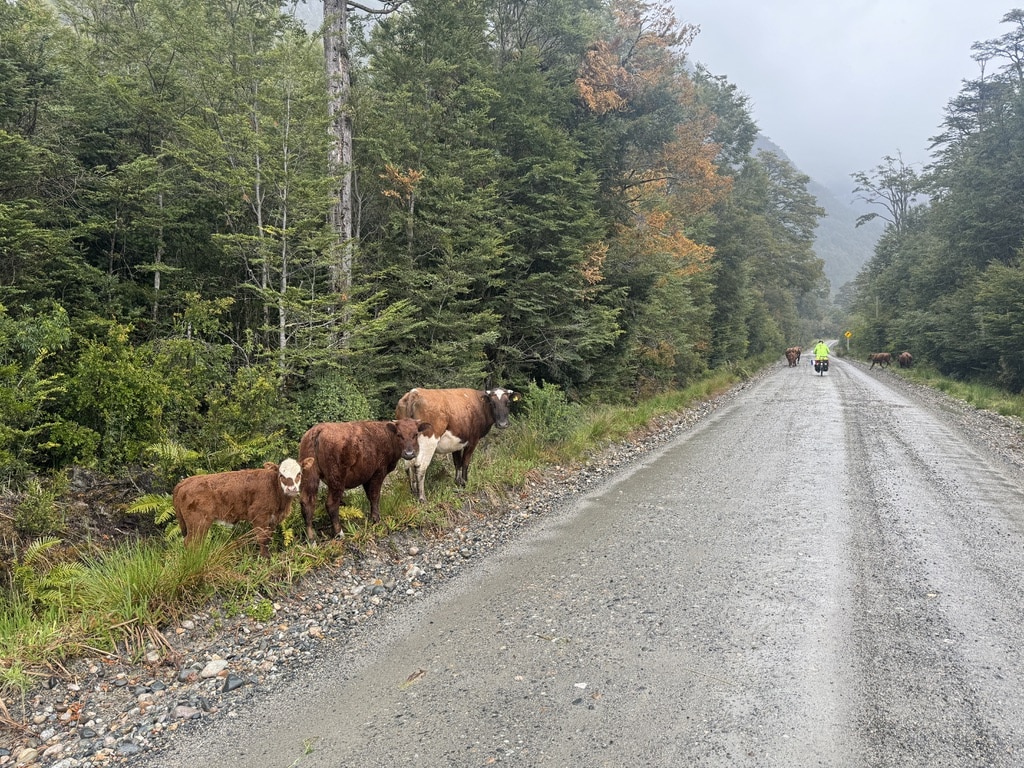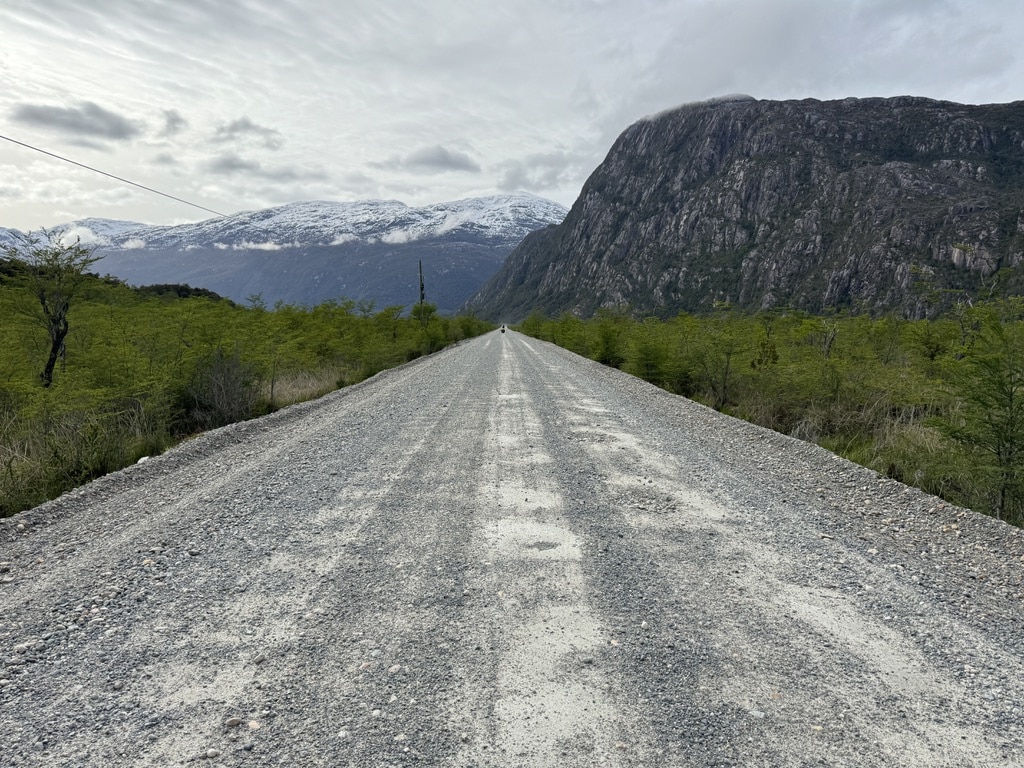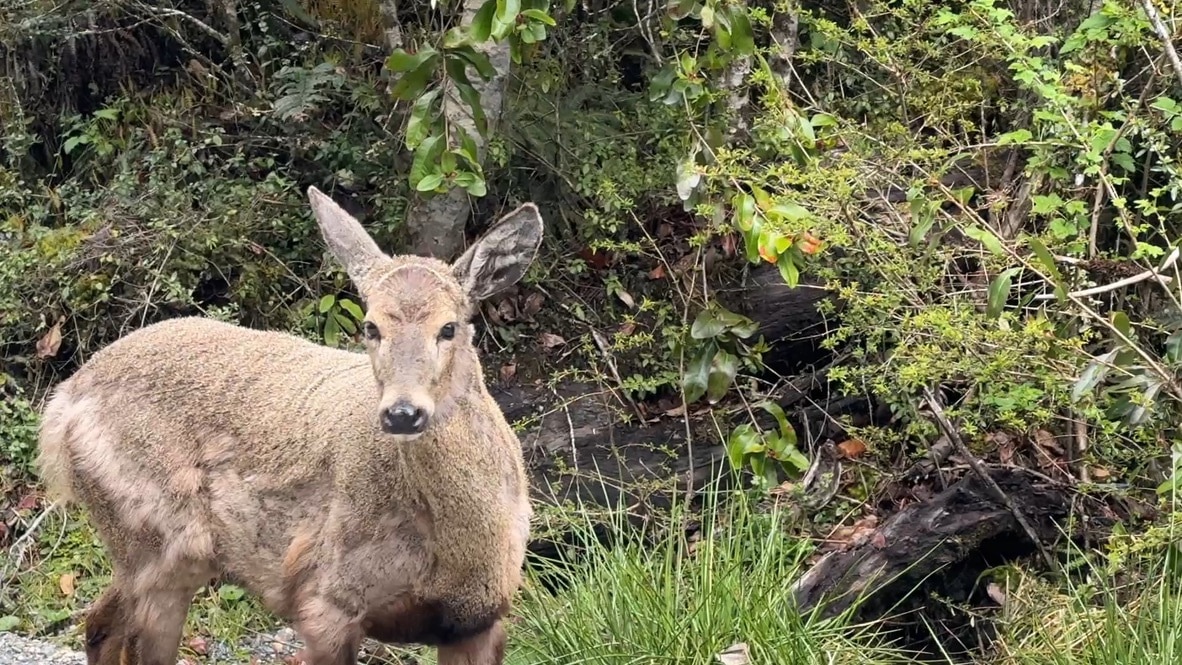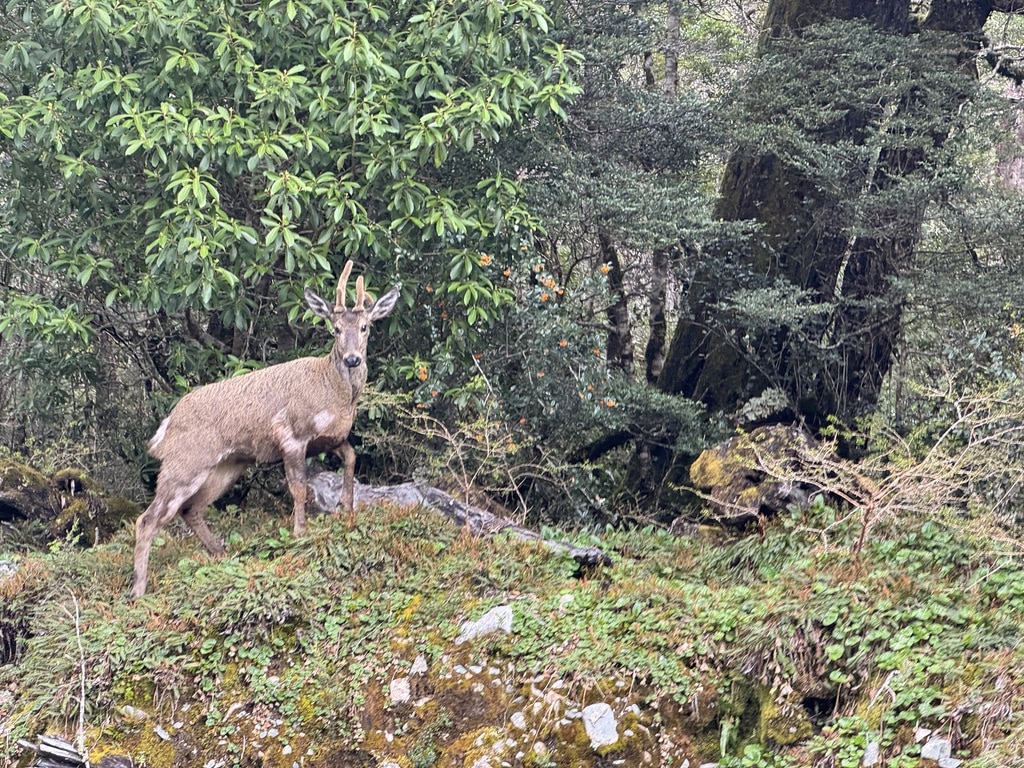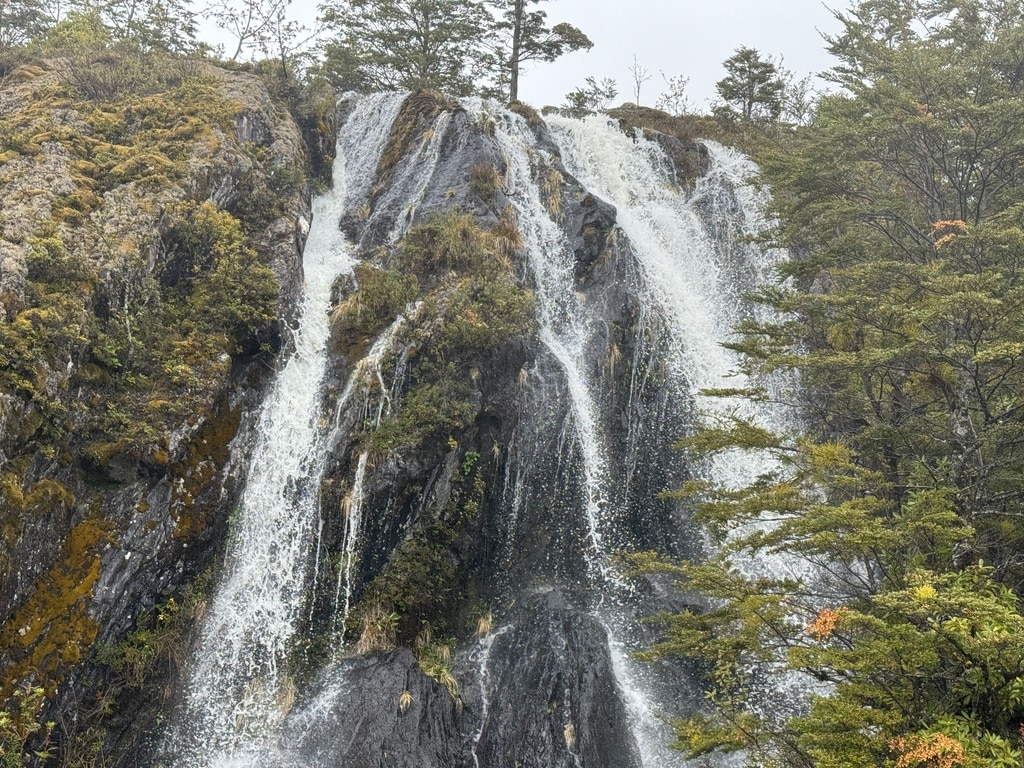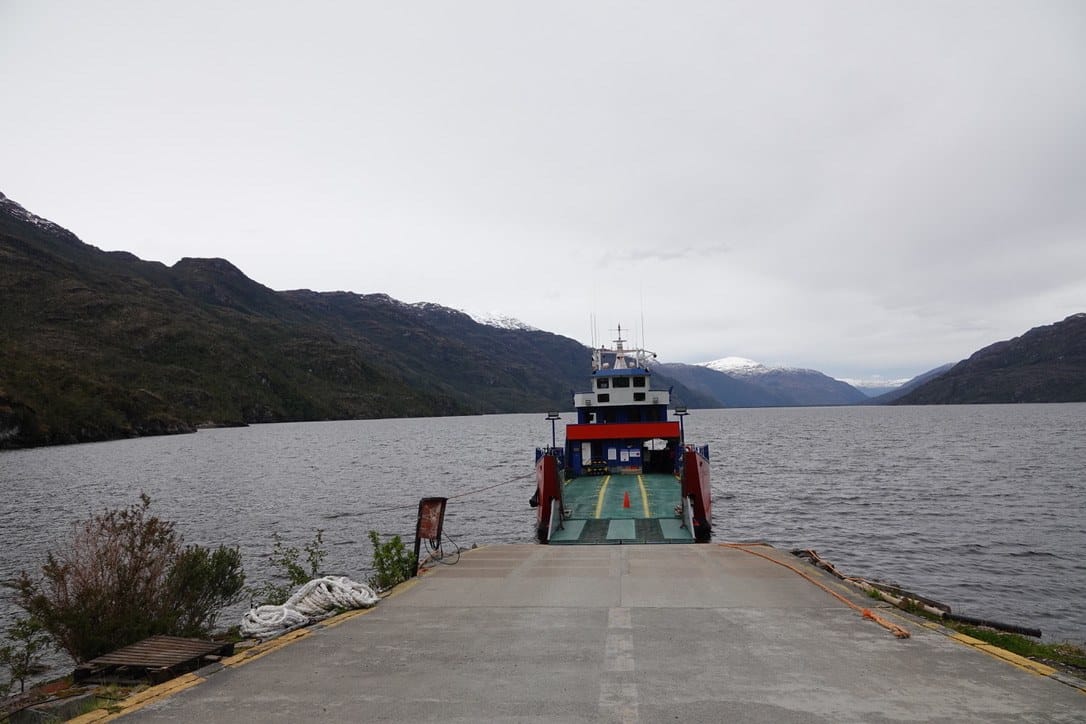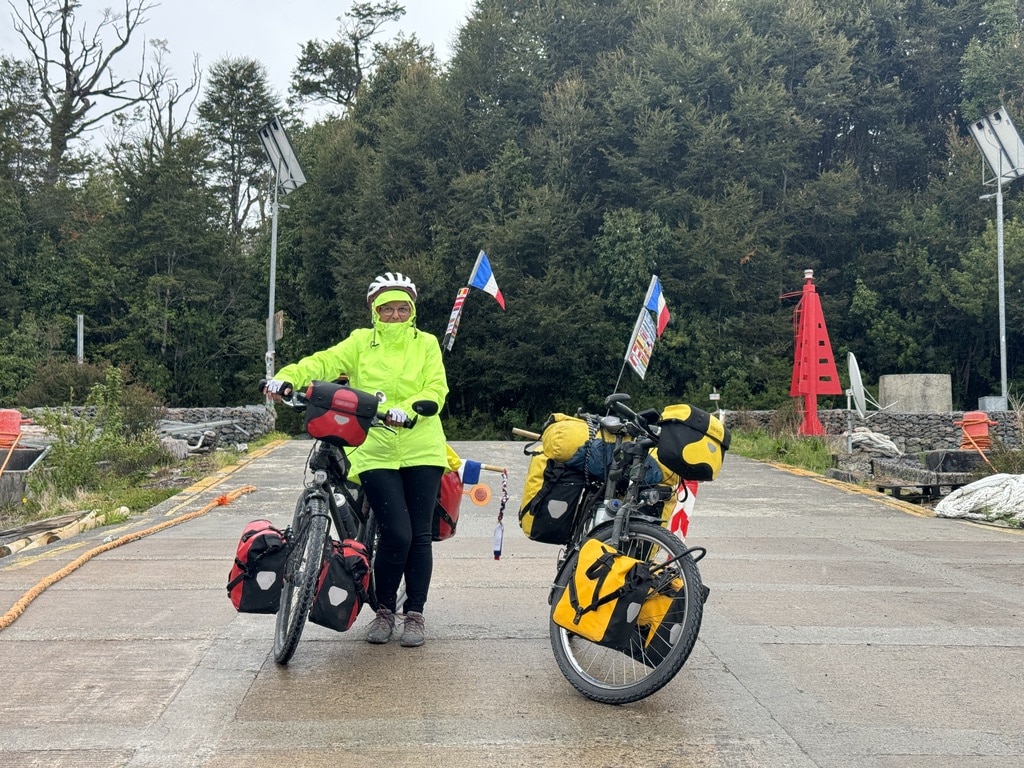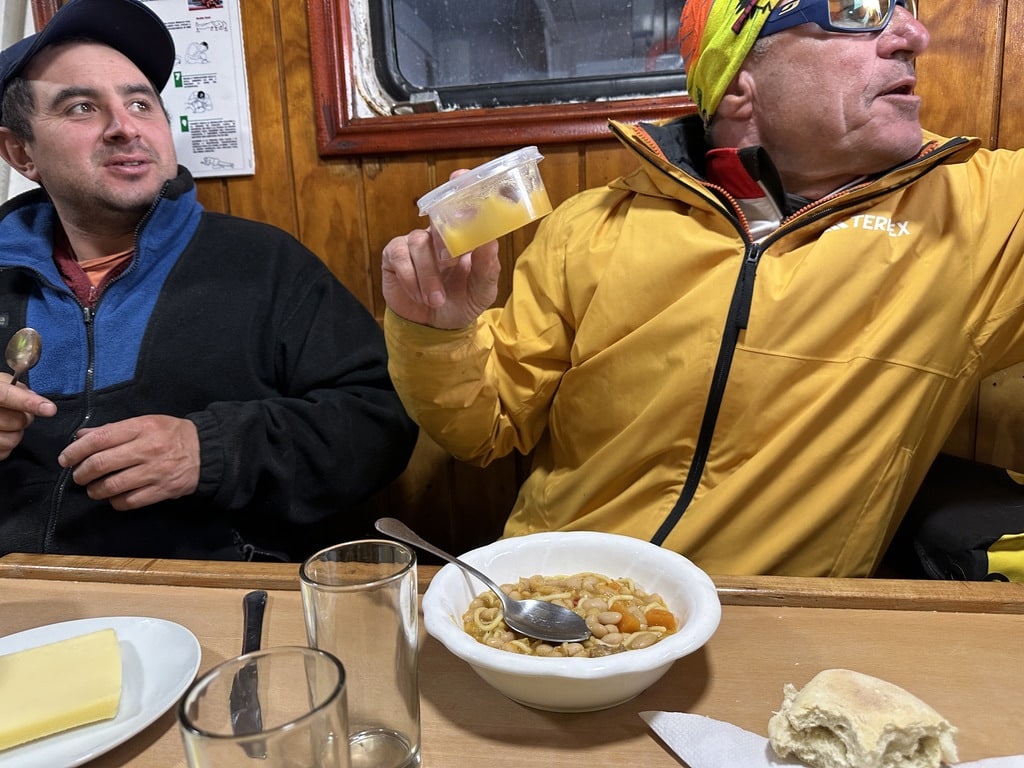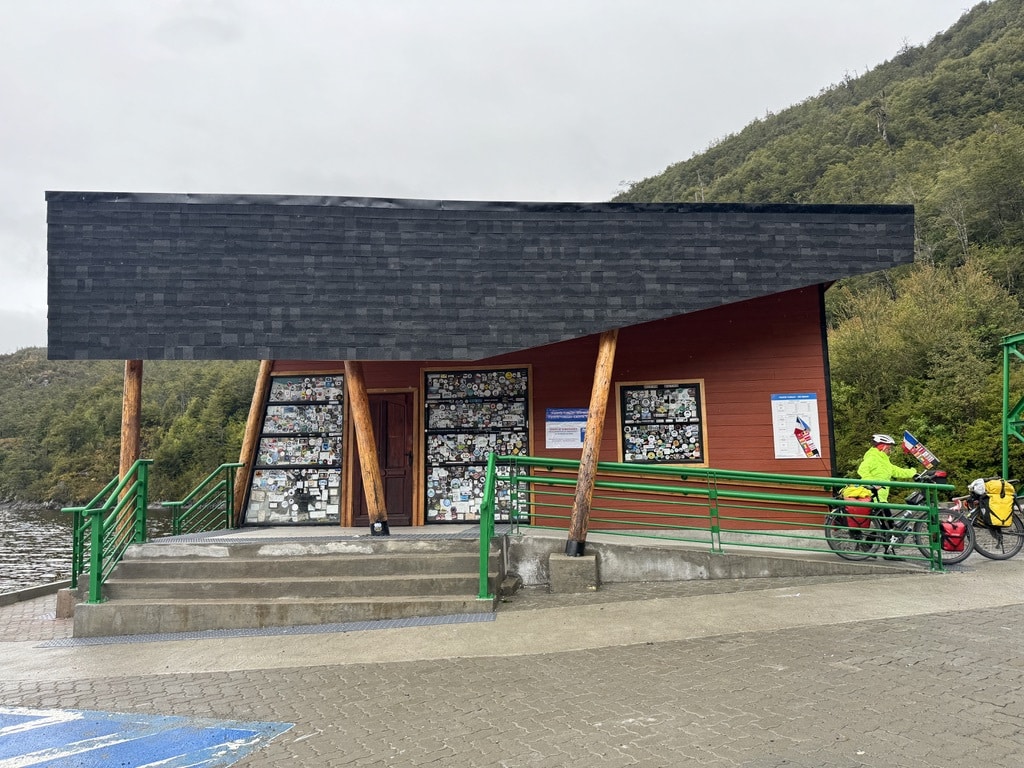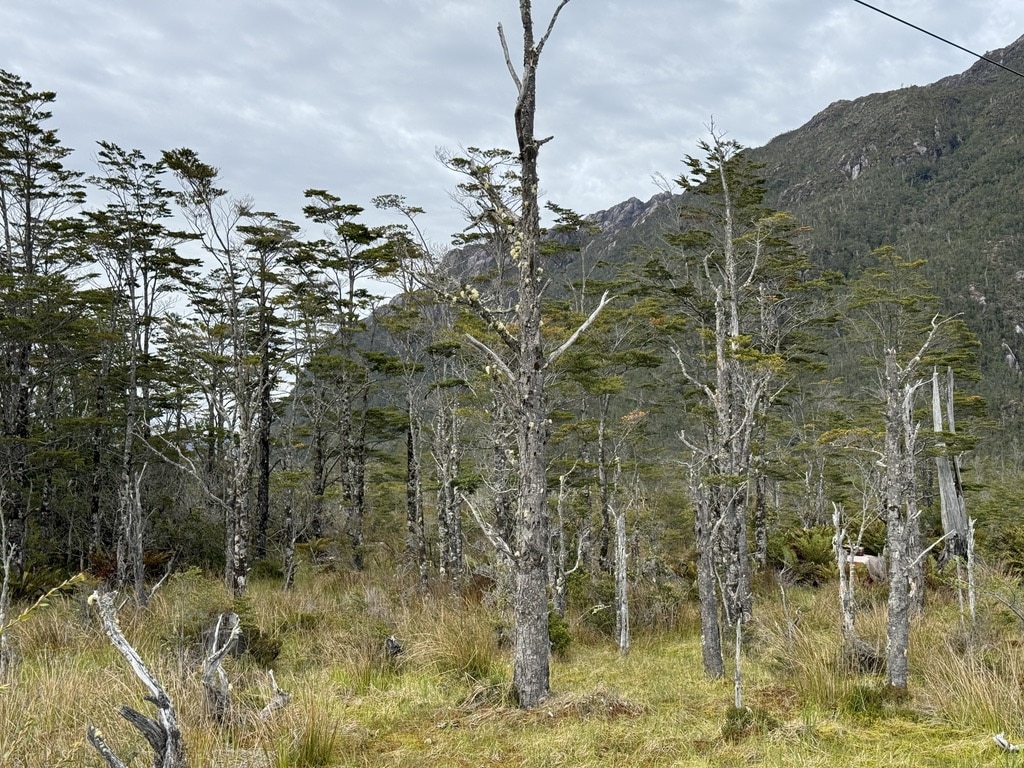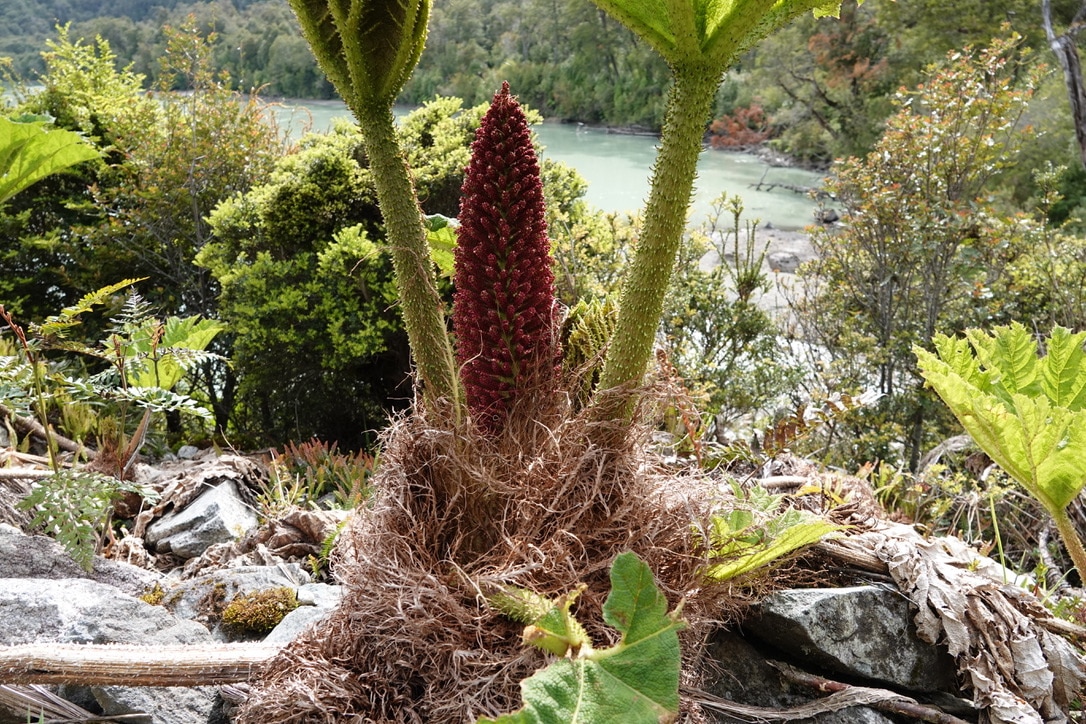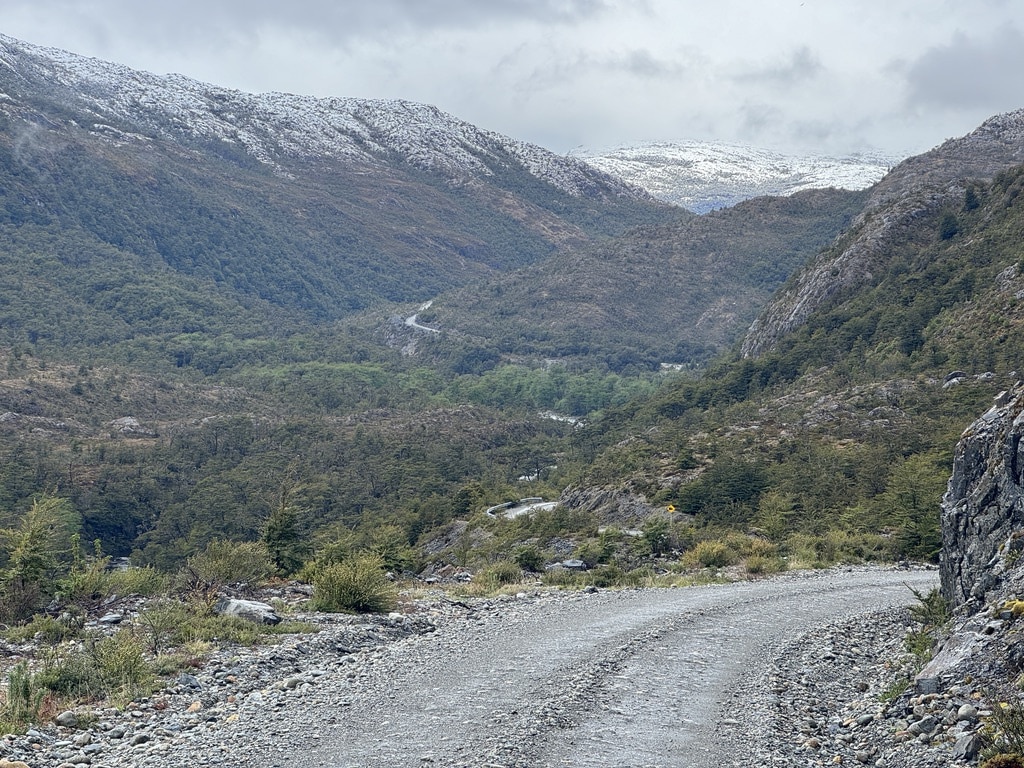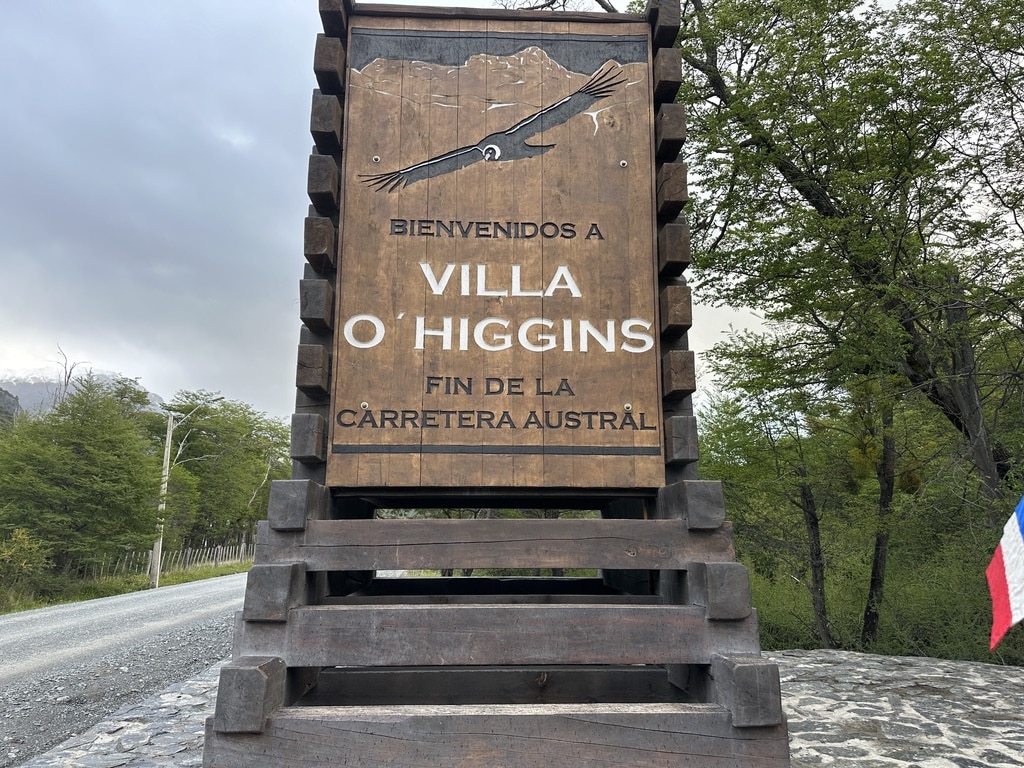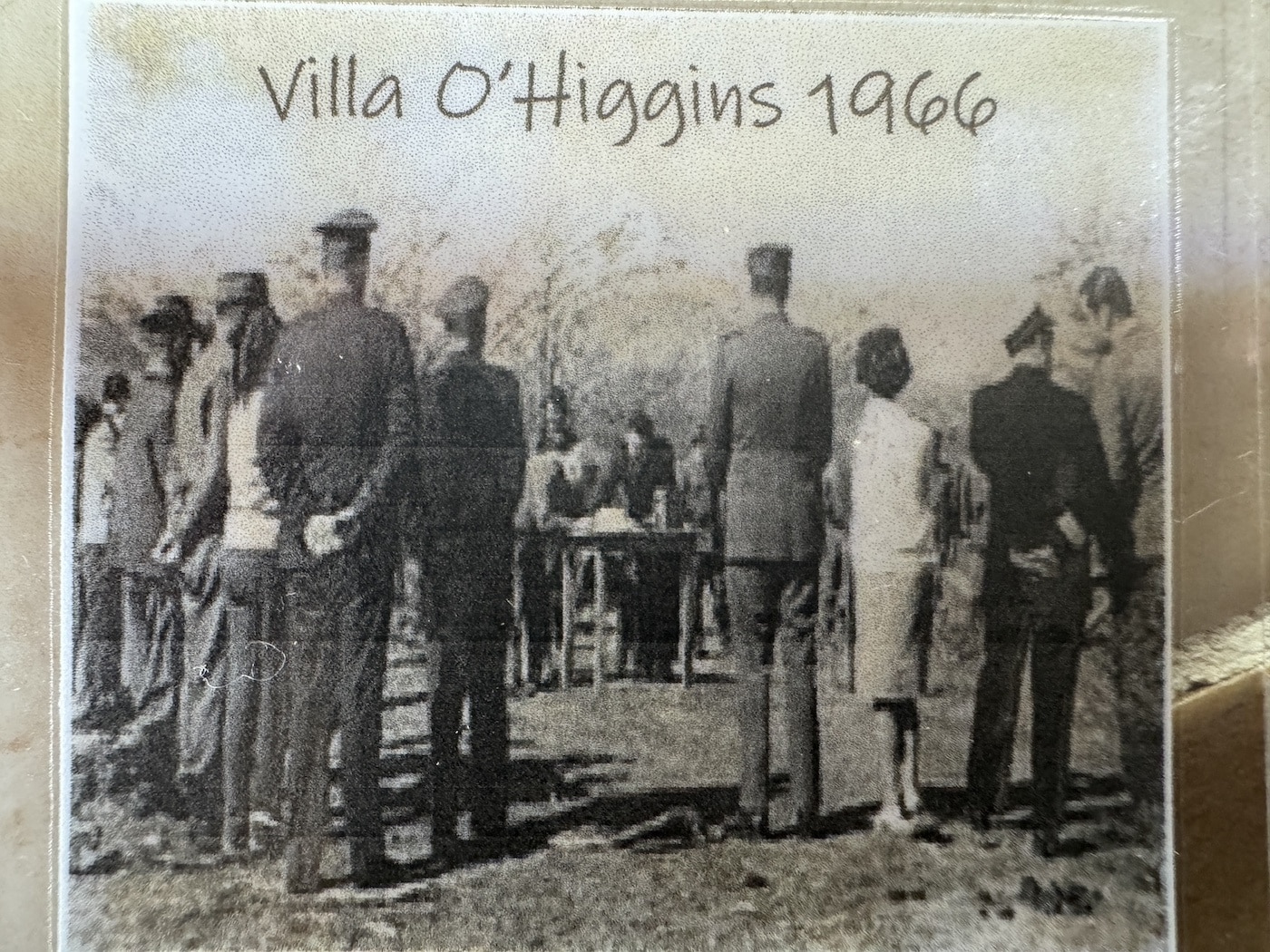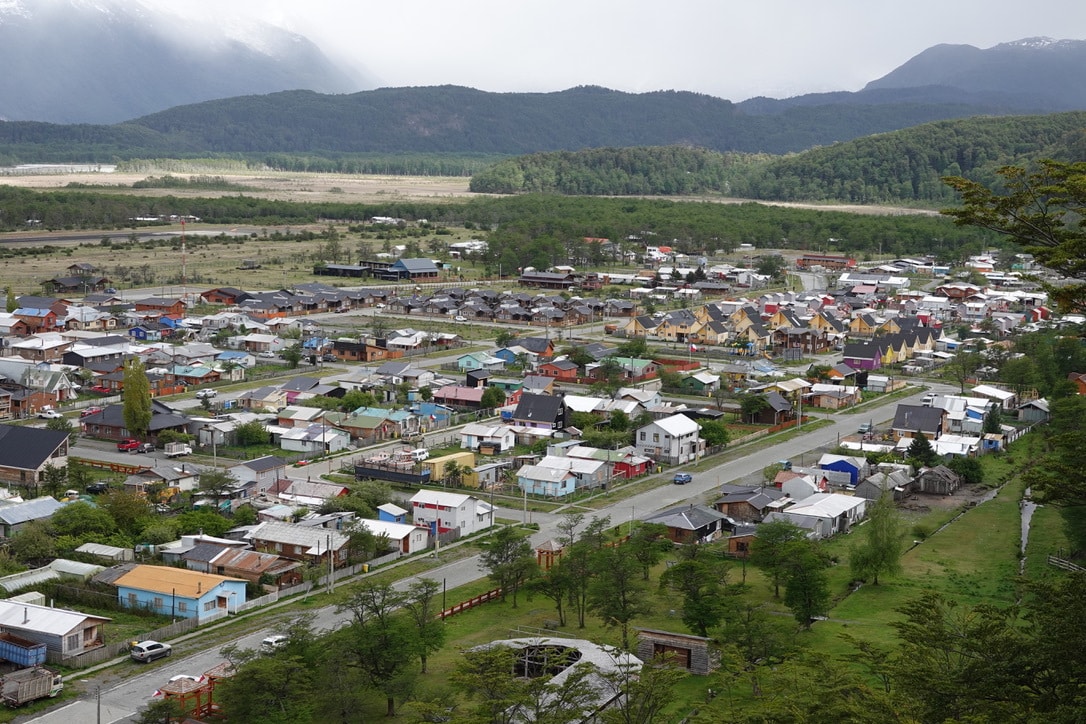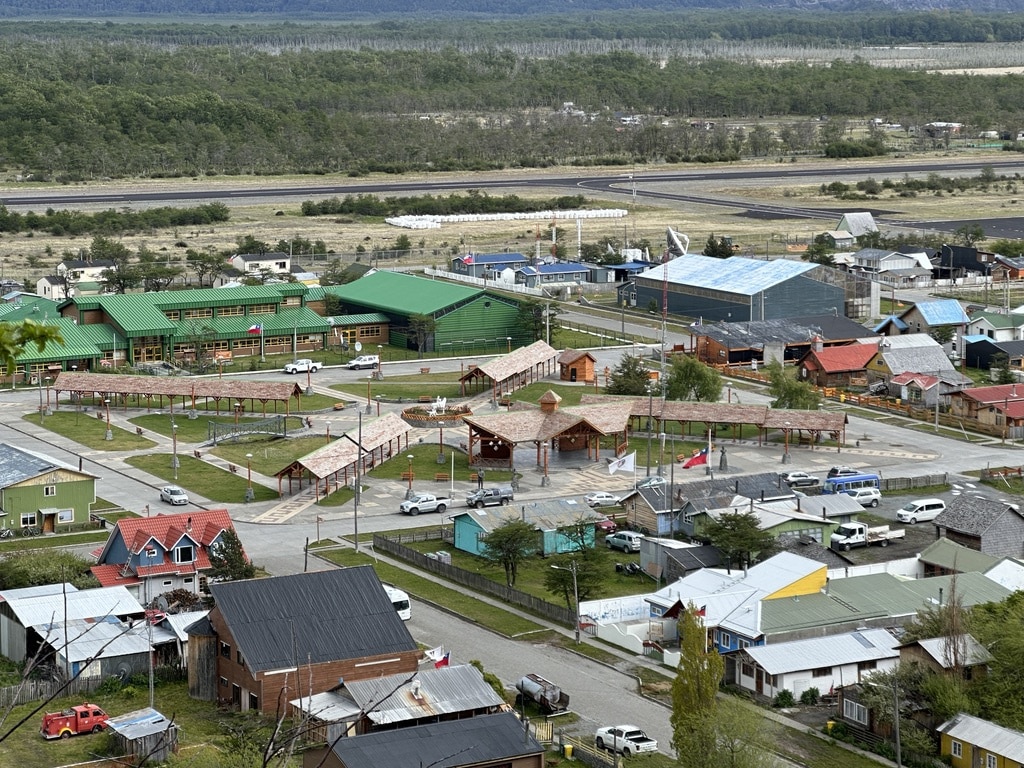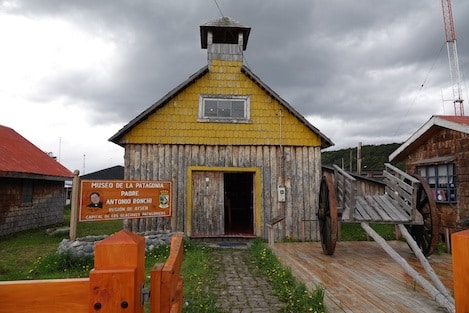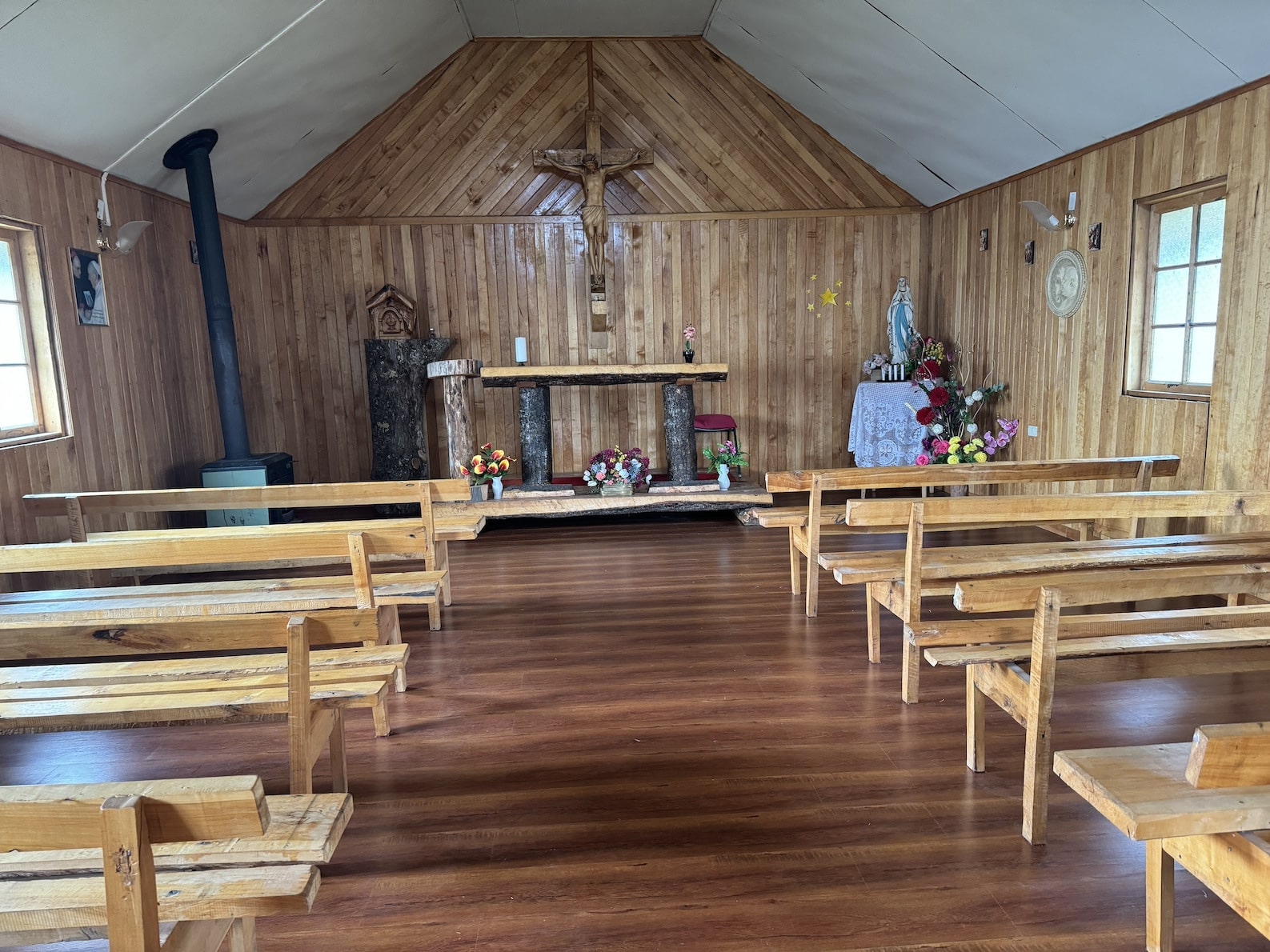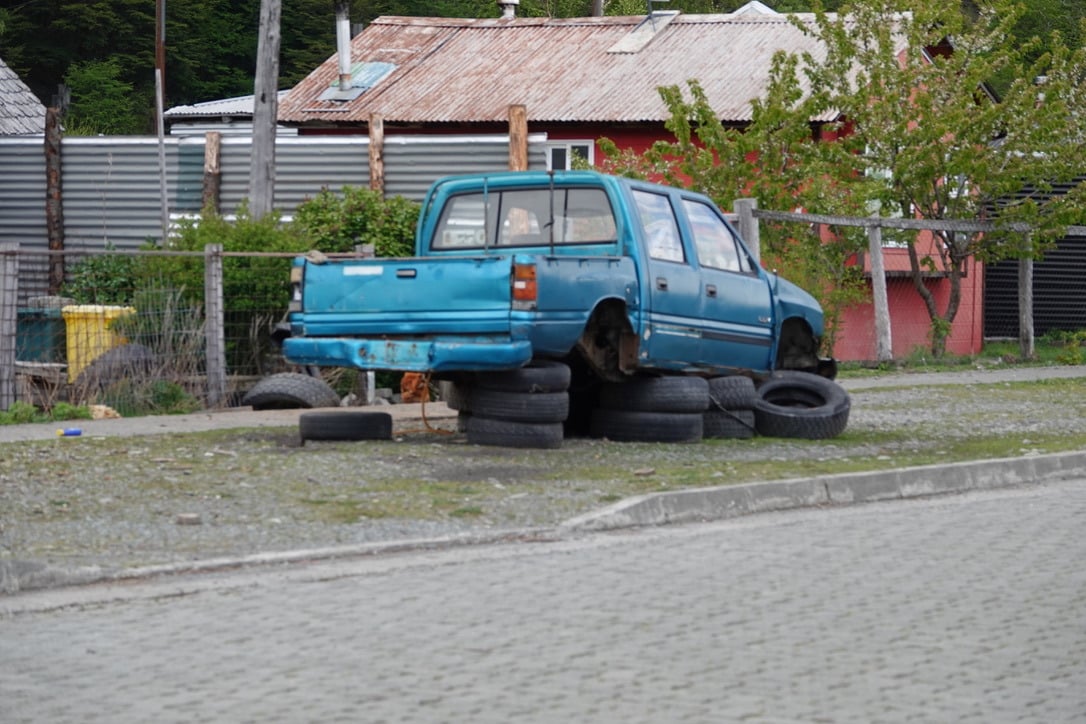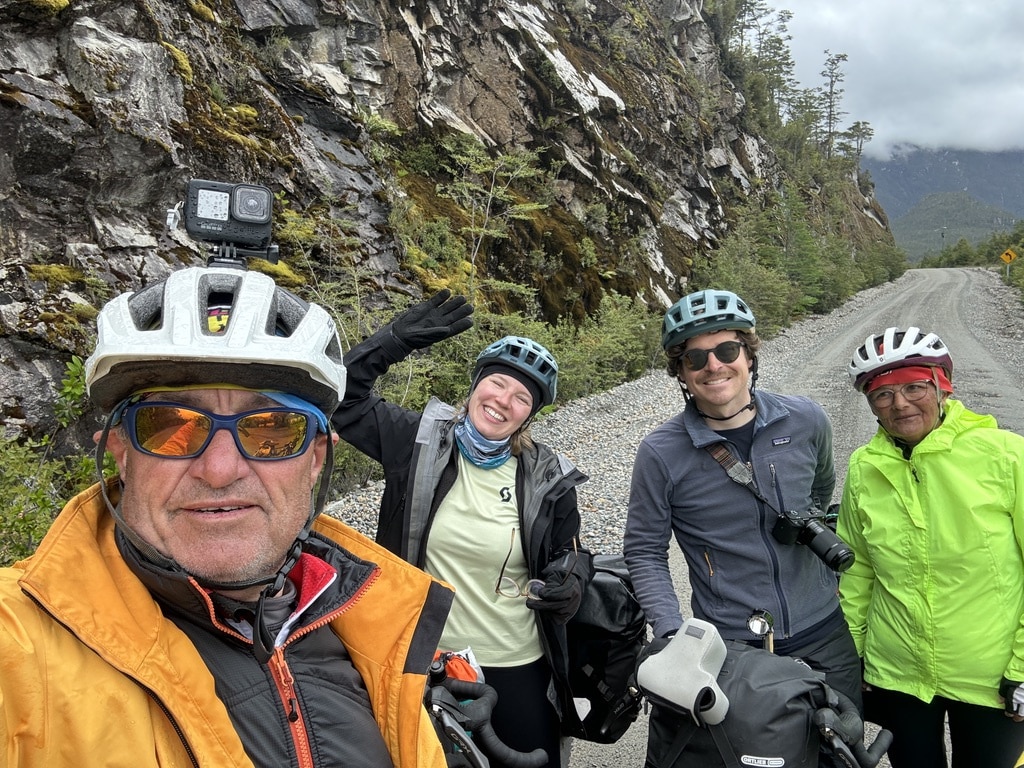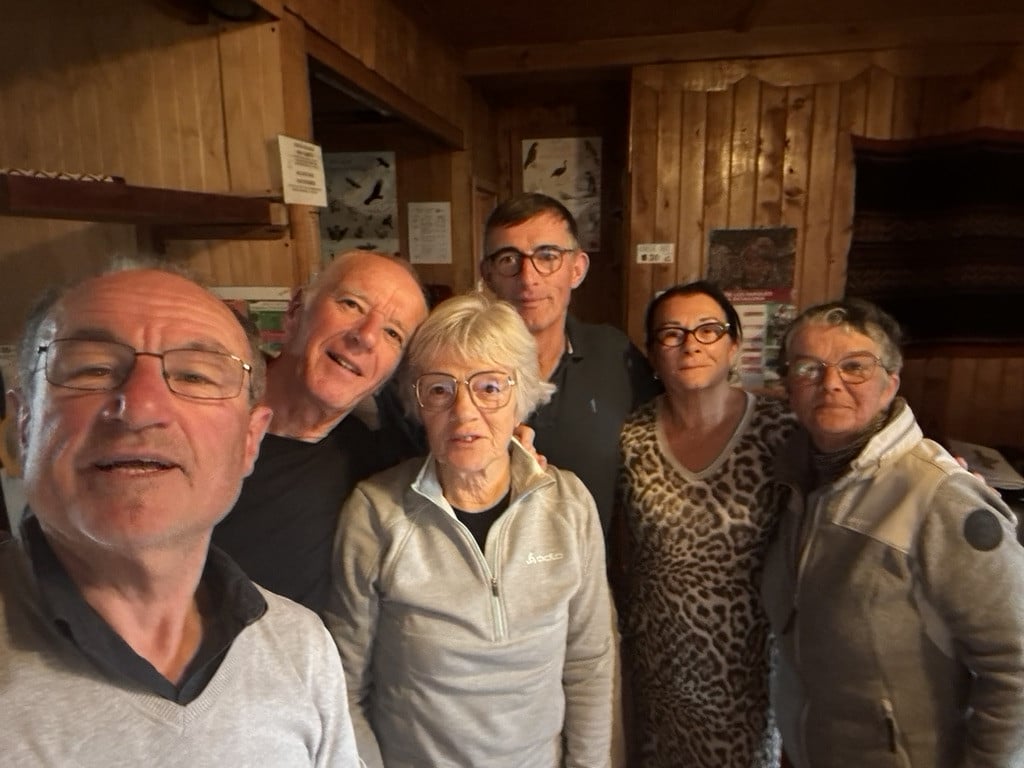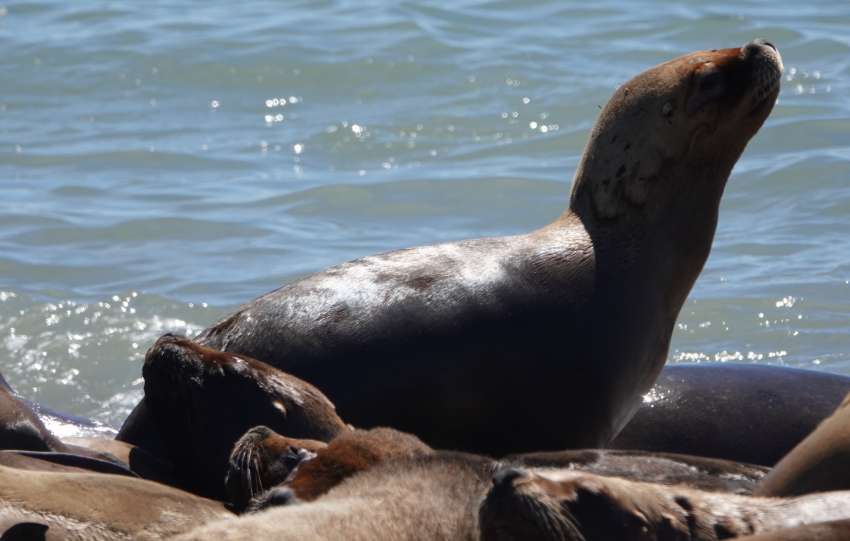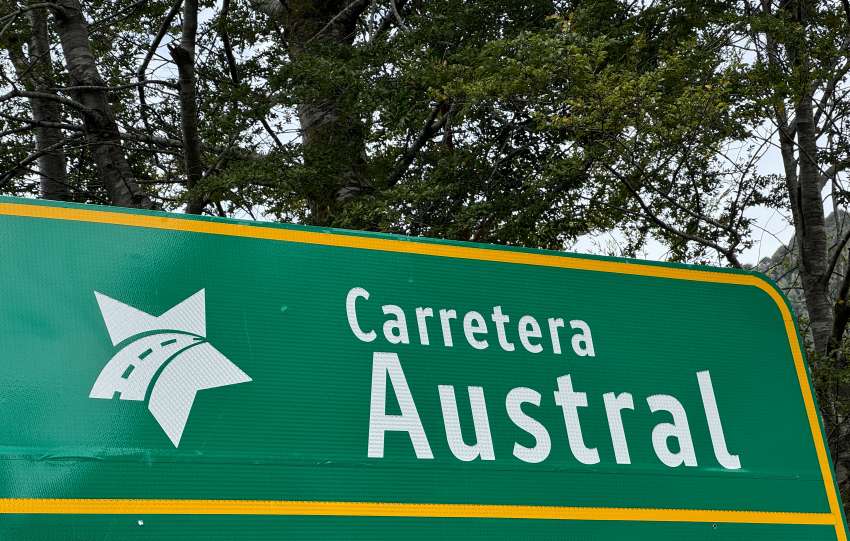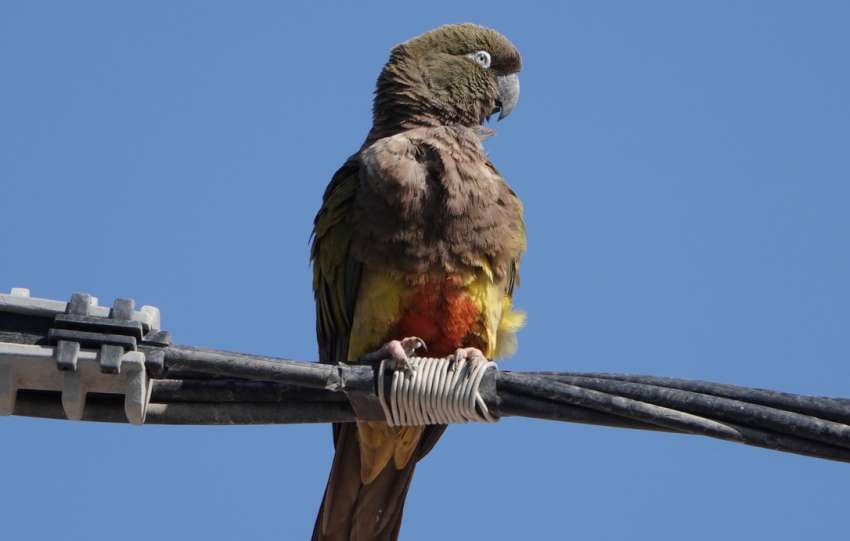The Carretera Austral
Share This Article
From November 17 to 22, from Cochrane to Villa O’Higgins,
You have to know how to wait
This Friday, November 17, we leave Cochrane, still aiming for Ushuaïa. We return to the Carretera Austral and its green nature. The earth and stone covering is still just as difficult, especially as the relief increases. A beautiful first day which takes us to a campsite lost in the middle of the Patagonian mountains. Here the electricity is produced with solar panels, however the relay antennas allow you to receive the internet via the telephone. It’s slow but it works. The shower at the campsite is cold, the water heater being broken. The repairman lives 200km away, he should come in two weeks according to the owner. In compensation she offers us coffee and some snacks inside her house where it is very warm.
Nothing but footbridges
This Saturday early departure in order to ride quietly under the returning sun. Nothing special on our route and after 4 hours we reach the magnificent little village of Caleta Tortel. No roads in this village, you can only access it on foot by crossing the numerous wooden footbridges, and no access for bicycles, the slope is quite steep. The setting is magnificent with the lagoon in green and blue colors, too bad it is a little cold. This night we sleep in the Chanit inn, the atmosphere there is quite friendly. A few people are waiting for a ferry to go to Argentina.
A very friendly crew
We have two days left before O’Higgins, this Sunday we are leaving for Puerto Yungay to take the ferry which will allow us to continue via O’Higgins. Along the way 5 magnificent Huemuls accompany us for a few dozen meters, the spectacle is quite incredible, because according to the locals they generally run away quickly as soon as humans approach. We will not come across any houses throughout the day, we are truly in an isolated area, the forest is omnipresent and of course no means of communication. We reach Puerto Yungan where we board the Padre Antonio Ronchi Ferry. We are the VIP cyclists of the crew who do us the honor of inviting us to eat at their table during the crossing of approximately 1 hour. We eat, among other things, Chilean flageolets, a good meal. When we get off the ferry we settle in for the night in a refuge for cyclists. Comfort is basic but we are safe. It is raining hard.
Beware of Pumas
Monday, November 20, after a night lulled by the sound of the waves and the wind, we left in the pouring rain. The thermometer reads 3°C. We cross an area where many pumas live freely, the risk of being attacked by an animal is low but it does exist, we must remain very vigilant. A difficult day where we will encounter all weather rain, snow, wind and hail with occasional rays of sunshine. The temperature will drop to 2°C, warm clothing is essential. A car with 4 French people will stop to encourage us. We will meet them later at O’Higgins to share a friendly moment. In this part of the Carretera the road surface is relatively poor but the spectacle is magnificent, it is a shame that the weather is not good. After more than 10 hours of cycling we finally arrive in O’Higgins, a village in the far south of Chile and where the Carretera Austral ends. A town of 600 inhabitants founded in the 1960s. Here life works slowly, only an aerodrome allows you to quickly reach the first major town which is Coyhaique, about 500km away. We enjoy almost 3 days of rest before continuing our journey to Argentina. The owner of the Glaciares hostel where we are staying is called Claudia. O’Higgins makes its living from tourism during the two summer months, January and February. The population that lives here all year round essentially makes a living from small cow or sheep farms. No doctor practices in this city, the first practitioner is located approximately 500 km away.
Our meetings:
- Virgine, Michel, Antoinette and Rémy, 4 French people traveling by car.
- Balou and Alice
During these 4 days of cycling we covered 285km. You can find our map on the blog in the 2023 travel chapter.
Did you know: In Patagonia, huemuls are animals very similar to the deer living in Europe and they are a very protected species. Like pumas which can be hunted because they live in large numbers and are predators especially on free-ranging sheep.

